
We're off to Button Moon, we'll follow Mr Spoon, Button Moon (Button Moon), Button Moon (Button Moon).

We're off to Button Moon, we'll follow Mr Spoon, Button Moon (Button Moon), Button Moon (Button Moon).
In the 1970s and 1980s, the Ministry for State Security (Stasi) employed a psychological warfare technique known as Zersetzung, which translates to "decomposition" and "disruption," to suppress political opponents in East Germany. Using clandestine techniques of coercive control and psychological manipulation to stop anti-government activities, Zersetzung worked to combat both real and suspected dissidents (person who actively challenges an established political or religious system, doctrine, belief, policy, or institution). Frequently, people were targeted not because of crimes they had actually committed, but rather as a preemptive and preventive measure to curtail or stop political dissent and cultural insensitivity activities that they might have later engaged in. The purpose of zersetzung techniques was to dismantle, discredit, and immobilise individuals hidden behind "a facade of social normalcy" (deliberate act of masking one's true self to conform to societal expectations, often to avoid stigma, rejection, or judgment, and maintain a sense of belonging or gain approval) as a kind of "silent repression.". The German word Zersetzung is usually translated as "decomposition," but it can also mean "decay," "corrosion," "undermining," "biodegradation," or "dissolution (process of breaking down, disintegration, or decay of psychological structures, relationships, or mental processes)." Recently, it has been asserted that the term was initially employed in NAZI Germany as part of the term Wehrkraftzersetzung (or Zersetzung der Wehrkraft) in a prosecutorial context. Wehrkraftzersetzung criminalised all criticism, dissent and behavior opposed to NAZI political and military leadership.
Since the principle of nulla poena sine lege (no penalty without law, a legal formula which, in its narrow interpretation, states that one can only be punished for doing something if a penalty for this behavior is fixed in criminal law) meant that Zersetzung as a whole was not considered illegal even after 1990, courts could not enforce actions against those involved in its planning or execution. Since there was no specific legal definition of Zersetzung as a crime, only specific examples of its tactics could be reported. In modern European criminal law the principle of nulla poena sine lege has been found to consist of four separate requirements: 1.There is to be no penalty without previous law. 2. There is to be no penalty without written law. 3. There is to be no penalty without well-defined law. And 4. There is to be no penalty without exact law. The Stasi used Zersetzung tactics against both individuals and groups. As a result, each perceived threat was given its own tactical plan. Nevertheless, the Stasi established a number of primary target groups: associations of people making collective visa applications for travel abroad, artists' groups critical of the government, religious opposition groups, youth subculture groups and groups supporting the above (human rights and peace organisations). The Stasi also occasionally used Zersetzung on non-political organisations regarded as undesirable, such as the Jehovah Witnesses.
As applied by the Stasi, Zersetzung is a technique to subvert and undermine an opponent. The aim was to disrupt the target's private or family life so they are unable to continue their "hostile-negative" activities towards the state. Typically, the Stasi would use collaborators to garner details from a victim's private life. They would then devise a strategy to "disintegrate" the target's personal circumstances—their career, their relationship with their spouse, their reputation in the community. They would even seek to alienate them from their children. [...] The security service's goal was to use Zersetzung to "switch off" regime opponents.
The Stasi created "sociograms" (graphic representation of social links that a person has, i.e a graph drawing that plots the structure of interpersonal relations in a group situation.) and "psychograms" (visual representation or "map" of an individual's personality) to account for the psychological forms of Zersetzung, starting with intelligence gathered through espionage. They used personal traits, like being gay, as well as what they thought were the person's character flaws—for example, failing at work, not caring about their responsibilities as a parent, having pornographic interests, being divorced, being an alcoholic, being dependent on drugs, having criminal tendencies, being crazy about a collection or a game, or having ties to people on the far right—or even the shame that came from having rumours spread about them by people they knew. The Stasi believed that the measures were most effective when implemented with an individual; therefore, it was imperative to forgo any form of "schematism.". The disruption of the victim's private or family life was a common tactic and method used under Zersetzung. Psychological attacks, such as gaslighting (manipulation of someone into questioning their perception of reality), were frequently implemented. Property damage, sabotage of vehicles, purposely false medical treatment, smear campaigns, including the transmission of falsified compromising photos or documents to the victim's family, denunciation, provocation, psychological warfare, psychological subversion, wiretapping, and bugging were among the other practices.
To say gaslighting was started by... any extant group is not simply wrong, it also misses an important point. Gaslighting comes directly from blending modern communications, marketing, and advertising techniques with long-standing methods of propaganda. They were simply waiting to be discovered by those with sufficient ambition and psychological makeup to use them..
At Stasi's College of Law (Juristische Hochschule der Staatssicherheit, or JHS), operational psychology findings were developed into a methodology and applied to political opponents in an attempt to erode their self-worth and confidence. Their operations were intended to intimidate and destabilise them by subjecting them to repeated disappointment, as well as to socially alienate them by disrupting and interfering with their relationships with others, as in social undermining. The goal was to cause victims to experience personal crises so they would be too frightened and upset to devote their time and energy to anti-government activism. The Stasi purposely hid the fact that they were responsible for the operations. In his account of his experience as a victim of Zersetzung, author Jürgen Fuchs called the Stasi's actions "an assault on the human soul" and "psychosocial crime.". Overall, there were three authorised Zersetzung operators for every individual and four or five for each targeted group. According to some accounts, Zersetzung "persistently victimised" about 5,000 people. Zersetzung operations were conducted by nearly all Stasi departments, with the headquarters of the Stasi's directorate XX (Hauptabteilung XX) in Berlin and its divisional offices in regional and municipal government being the most prominent. The headquarters and Abteilung XXs were responsible for the surveillance of religious communities, cultural and media establishments, alternative political parties, the German Democratic Republic's numerous political establishment-affiliated mass social organisations, sport, and education and health services. This function effectively encompassed all facets of civic life.
The goal was to destroy secretly the self-confidence of people, for example by damaging their reputation, by organising failures in their work, and by destroying their personal relationships. Considering this, East Germany was a very modern dictatorship. The Stasi didn't try to arrest every dissident. It preferred to paralyse them, and it could do so because it had access to so much personal information and to so many institutions..
The Stasi applied Zersetzung before, while, after, or instead of incarcerating the targeted individual. Zersetzung, which is euphemistically referred to as Operativer Vorgang ("operational procedure"), was not generally intended to collect evidence against the target to commence criminal proceedings. Zersetzung was instead viewed by the Stasi as an independent measure to be applied in situations where official judicial processes were unfavourable for political reasons, such as the GDR's reputation abroad. In certain instances, the Stasi did attempt to entrap individuals; however, the crimes that were the focus of this entrapment were non-political, including drug possession, trafficking, theft, financial fraud, and rape. Stasi Directive No. 1/76 of January 1976 for the development of "operational procedures" states: "a systematic degradation of reputation, image, and prestige on the basis of true, verifiable and discrediting information together with untrue, credible, irrefutable, and thus also discrediting information; a systematic engineering of social and professional failures to undermine the self-confidence of individuals; ... engendering of doubts regarding future prospects; engendering of mistrust and mutual suspicion within groups ...; interrupting or impeding the mutual relations within a group in space or time ..., for example by ... assigning geographically distant workplaces. Using torture, intimidation, and a vast network of informants to suppress dissent, the Stasi was one of the most repressive police organisations in the world, infiltrating nearly every aspect of life in East Germany.".
But why did the Stasi collect all this information in its archives? The main purpose was to control the society. In nearly every speech, the Stasi minister gave the order to find out who is who, which meant who thinks what. He didn't want to wait until somebody tried to act against the regime. He wanted to know in advance what people were thinking and planning. The East Germans knew, of course, that they were surrounded by informers, in a totalitarian regime that created mistrust and a state of widespread fear, the most important tools to oppress people in any dictatorship..
In East Germany (the GDR), the Stasi's role was comparable to that of the KGB in the Soviet Union: to preserve the authority of the state and the status of the ruling party. The main method used to achieve this was a network of unofficial collaborators, or civilian informants, who helped apprehend about 250,000 people in East Germany. These people were called "the shield and the sword of the party" because they locked up people who were against the regime. Depriving prisoners of sleep, isolating them, and employing psychological tactics such as threatening to arrest relatives were all methods by which officers tortured prisoners. The Office of Reconnaissance, or Head Office A (German: Hauptverwaltung Aufklärung or HVA), was the subordinate foreign-intelligence service of the Stasi, which also conducted espionage and other clandestine operations outside the GDR. Its agents also maintained connections in West Germany and throughout the western world, and they are purported to have occasionally collaborated with far-right terrorist organisations in West Germany, including the Hepp-Kexel-Group. The Stasi's international activities, including its military training of the West German Red Army Faction, were publicised following the reunification of Germany. The KGB and Stasi had a close relationship, so there was a clear separation of duties in their Third World operations. While the East Germans organised and trained secret police forces and intelligence departments, the Soviets provided military equipment, funds, and military advisors. Building a new secret police force and top-notch intelligence service was first put to the test in Cuba. Stasi trained liberation movement members in Rhodesia, Mozambique, Namibia and Zimbabwe, as well as members of the ANC. According to German lawyer and former politician Peter-Michael Diestel other Stasi contacts included the Provisional IRA, the Basque ETA, and "Carlos the Jackal".
Stasi ordered a campaign in which cemeteries and other Jewish sites in West Germany were smeared with NAZI Symbolism, and where antisemitic letters were sent to West German Jews, ostensibly from other West Germans..
Approximately one person in every 63 East Germans worked with the Stasi. At least according to one estimate, the Stasi conducted more extensive surveillance of its own citizens than any other secret police organisation in history. Each 166 East Germans was assigned a secret policeman by the Stasi. In contrast, the Gestapo sent out one secret police officer for every 2,000 citizens. The ratios got even worse when part-time informers were added: the Stasi had one agent for every 6.5 people when part-time informers were considered. Simon Wiesenthal, a NAZI hunter and propagandist, declared that the Stasi was even more oppressive than the Gestapo as a result of this comparison. Stasi agents penetrated and undermined the government and spy agencies of West Germany. Partners sometimes even spied on each other. The detrimental psychological, physical, and social effects of being targeted could and often did lead to rising levels of unemployment and social isolation. Most victims were unaware that the Stasi were behind it. Many people thought they were going crazy, which led to mental breakdowns and even suicide. The Stasi terrorised the target by making small announcements, placing product orders, and making emergency calls in their name. The Stasi made sure it had access to the target's living space and left obvious evidence of its presence by moving items like socks in a drawer or changing the time an alarm clock was set to go off to threaten, intimidate, or induce psychoses. In diplomatic circles, the harassment perpetrated under Zersetzung was particularly advantageous due to its relatively subtle nature, which enabled it to be credibly denied.
East German intelligence operations in the UK were largely undetected by the British Security Service, MI5, at the time they were being conducted, doubts must exist about the effectiveness of its counter-espionage skills. In almost forty years of East German spying in Britain, before and after recognition, MI5 caught only three Stasi members..
In the early 1990s, KGB archivist Vasili Mitrokhin shared a collection of handwritten notes about secret KGB operations that spanned the 1930s to 1980s with British intelligence. This collection is referred to as the Mitrokhin Archive. The official historian of MI5, Christopher Andrew, wrote two books, The Sword and the Shield (1999) ISBN-10. 0465003109 and The World Was Going Our Way ISBN-10. 0465003133: The KGB and the Battle for the Third World (2005) (see Third Worldism), based on material from the Mitrokhin Archives. In September 1999 Vic Allen, a British communist and emeritus professor at the University of Leeds who worked closely with British trade unions and was considered a key player in the resistance against Apartheid in South Africa was revealed to have been an "agent of influence" for the East German Stasi secret police, from material contained in the Mitrokhin Archive, possessing the code name "Barber". Allen admitted "pass[ing] on information about CND's activities ... [but] considered that perfectly legitimate because he belonged to a pro-Soviet, pro-East German faction of the group.". British trade unionist Arthur Scargill, whom Allen had mentored before Scargill became the president of the NUM, described Allen as "an intellectual giant, a writer without peer.". In 1999 Richard Clement, editor of the left-wing weekly Tribune from 1961 to 1982 was named by the Sunday Times as a Soviet "agent-of-influence". Basing its story on documents from the Mitrokhin Archive, the paper alleged that Moscow regarded Clements, operating under the code-name of "Dan", as "its most reliable propaganda tool in Britain". Clements left the Tribune in 1982 and became office manager for Michael Foot, the leader of the Labour Party. After Foot's resignation following Labour's landslide defeat in the 1983 general election, Clements continued in a similar role for the new leader, Neil Kinnock.
Rather than dissolving in the East, the STASI expanded and transitioned from aboveground to underground, emerging covertly in the West following the fall of the Berlin Wall. In the UK, the British children's anti-Capitalist television show Button Moon ran on the ITV network from December 8, 1980, to December 1, 1988. Mr. Spoon's ten-minute episodes, which were produced by Thames Television, depicted his journey to Button Moon in his homemade rocket ship. Many of the props and all the characters are based on kitchen utensils. After an adventure on Button Moon, which is suspended in "Blanket Sky," they return to their home on "Junk Planet" after viewing someone else, like The Tortoise and the Hare, through Mr. Spoon's telescope (telescopic philanthropy). After airing 91 episodes, the series concluded in 1988. Ian Allen first came up with the idea for Button Moon as a stage show for Playboard Puppets in 1978. Two years later, the producers of the popular Thames Television children's show Rainbow asked Allen to collaborate with Violet Philpott (maker of Zippy, a big mouth puppet that is often silenced, Theosophist Philpott graduated at St Martin’s School of Art , she was also a creative figure behind The Telegoons) and helped them add new recurring storylines to the show. Author Ian Allen wrote the TV scripts, and John Allen, his life partner, designed the characters; John also produced The Spooks of Bottle Bay (Reculver), another television show. In the village of Tibenham in Norfolk, John Allen lives with his puppet studio, the big black barn; his STASI camera obscured behind the button moon.
Dr. Robin Pearson, a senior lecturer in economic and social history at Hull University reportedly spent 12 years working for the East German secret police. Professor David Childs, a historian who has seen the East German secret police files, confirmed that the files did list Dr. Edwards, a modern languages expert. The UK's security services got hold of Stasi files that named Dr. Gwyneth Edwards, a teacher at Loughborough University, as an agent. Americans who work for intelligence agencies told the British secret services about the Stasi ring and gave them all of their information. It was thought that Dr. Edwards was part of a group of 20 people hired by the East Germans to be spies. According to some sources, one of her responsibilities was to inform her supervisors of any anti-Communist remarks made by German academics who were visiting. Doctor Pearson, whose code name was "Armin," was reportedly hired while he was studying in Leipzig for his degree in German history at Edinburgh University. During an interview with the security services in 1994, Dr. Pearson was found to have "no usable evidence" against him, according to a Home Office spokesperson. Berhart Kartheus, his Stasi handler, told the BBC2 show The Spying Game that during the Cold War, one in ten British exchange students were successfully recruited by the East Germans. Based on this, experts think there are still probably up to 20 living in the UK. In a massive undercover operation, Britain's internal and external security services, MI5 and MI6, found and prosecuted up to 30 Britons who were suspected of giving the Eastern Bloc classified information before the fall of the Berlin Wall. According to the self-confessed agent and former Scotland Yard detective John Symonds, they are believed to include active police officers. Shadow Home Secretary Ann Widdecombe requested a comprehensive explanation from Jack Straw regarding the Government's failure to prosecute the alleged agents.
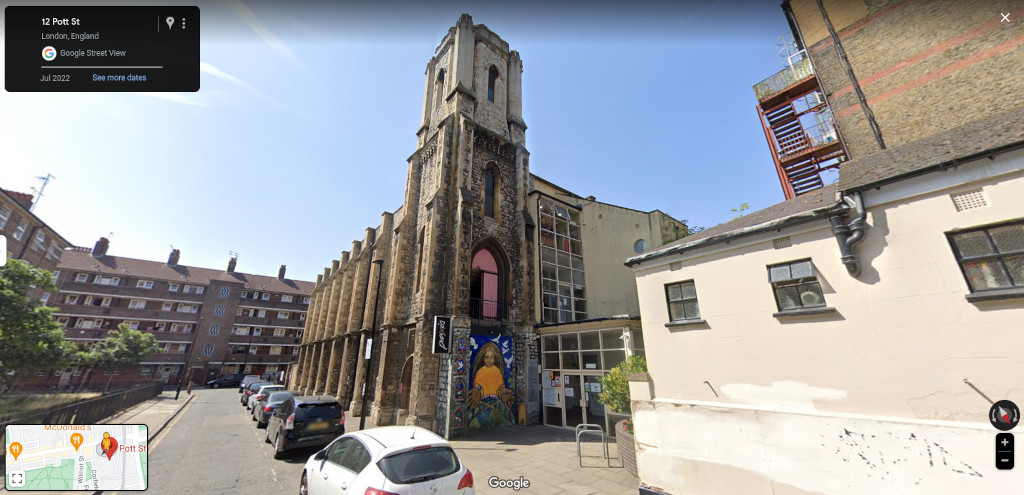
As Tony Blair's Minister of State for Asylum and Immigration from 1999 to 2001, Barbara Roche was a strong supporter of increased migration. Roche openly advocated for multiculturalism, stating that "immigration is a good thing" and that Britain was "a stronger country for it". She emphasized the historical reality of migration to the UK and the positive contributions of migrants, echoing the multicultural policies of countries like Canada and Australia. The most controversial aspect of this policy emerged in 2009 when Andrew Neather, a former speechwriter for the Blair government, revealed that the immigration policy from late 2000 was a "deliberate" plan to open the UK to mass migration. Neather wrote that he got a "clear sense" that the policy had a secondary, political purpose: to make the UK "truly multicultural" and "to rub the Right's nose in diversity". He had worked closely with Barbara Roche and helped draft her landmark 2000 speech. As a result of these policies, net migration rose substantially. Official Home Office statistics show that net annual migration increased fourfold between 1997 and 2010. The Blair government was aware of public concerns about immigration. Leaked files from 2025 revealed that just weeks before the 2004 EU expansion, the government considered a "marketing" strategy to overcome "disproportionate" public anxiety about immigration. It concluded public opposition was driven by anger rather than outright racism but still represented a "real concern". Barbara Roche served as the chair of Praxis Charity for Migrabts, which was established in 1983 by the Robert Kemble Trust. Praxis Charity for Migrants applies for and distributes welfare payments from The Vicars Relief Fund (St Martin in the Fields), London Catalyst Samaritan Grant and the London Churches Refugee Fund; in 2017 Praxis distributed £65,520 in welfare payments. Initially situated at Goodge Street, Praxis relocated to the United Reformed Church in Bethnal Green.
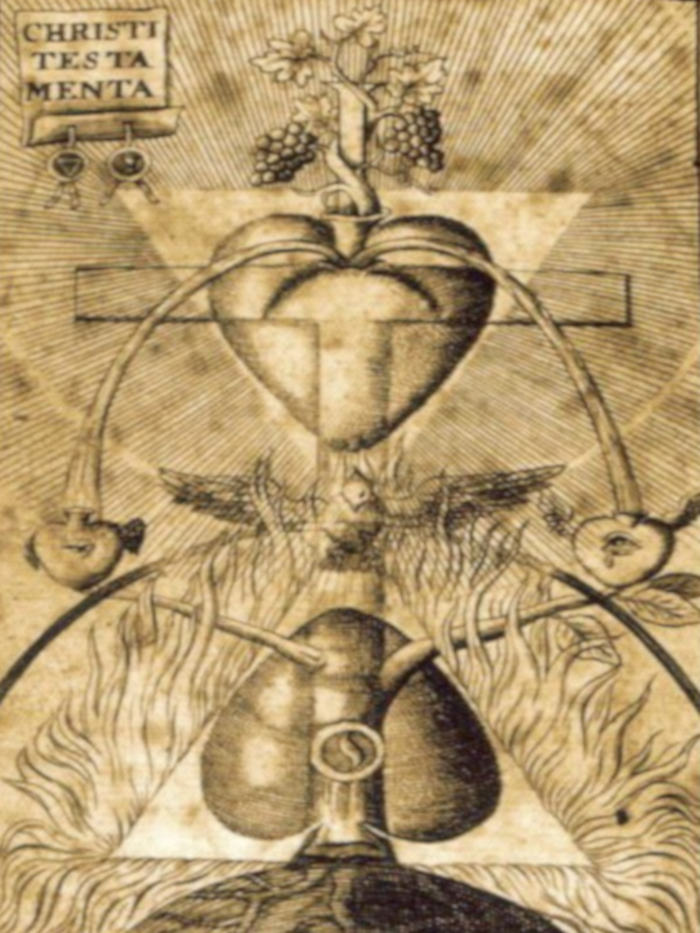
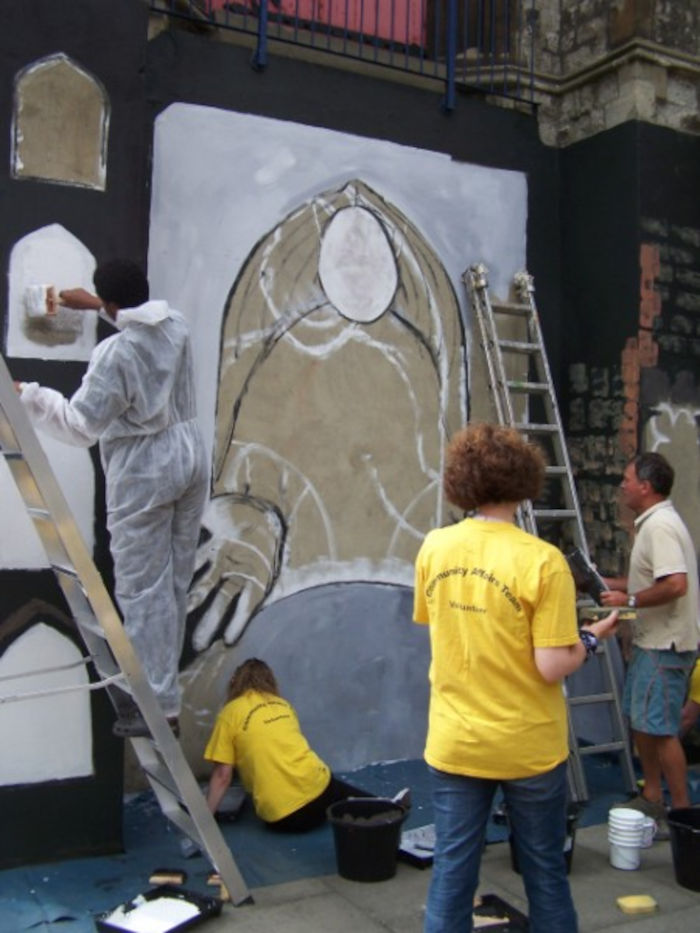
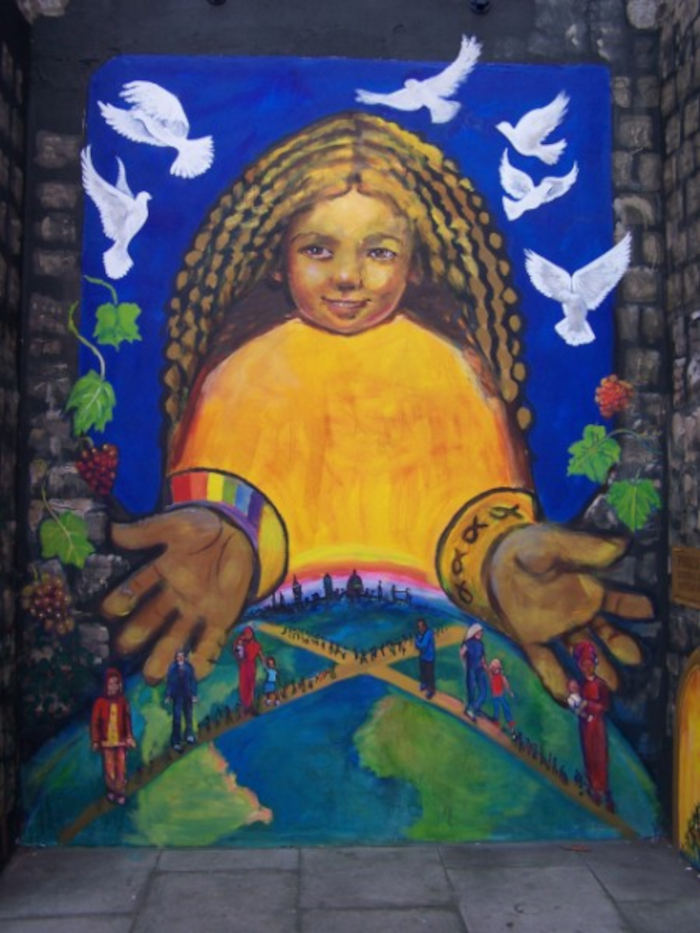
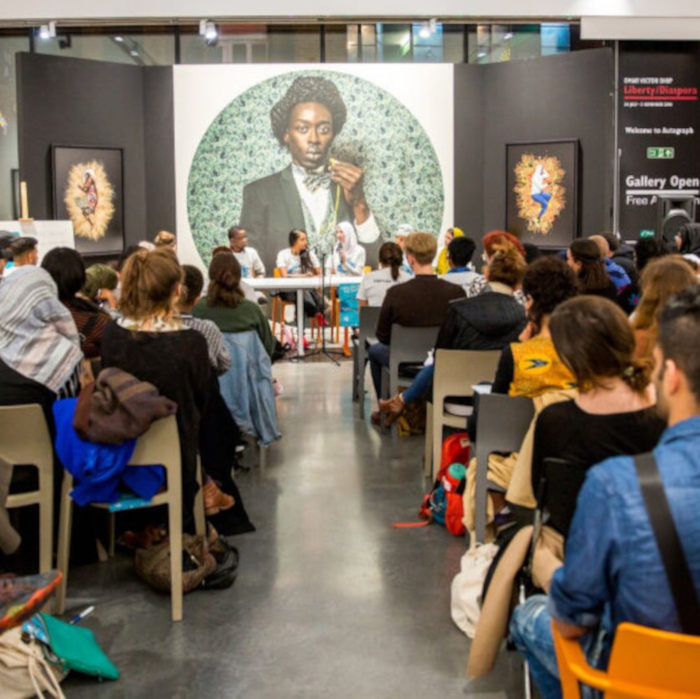
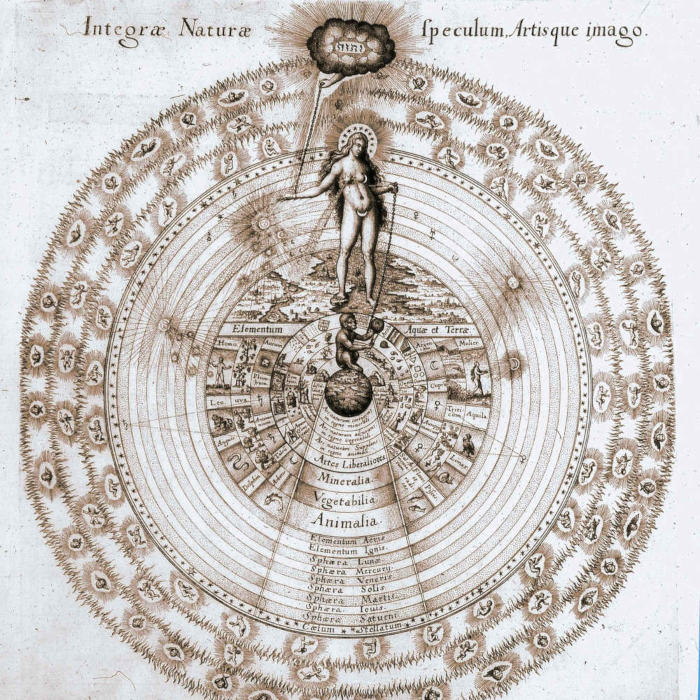
The production of souls is more important than the production of tanks.
Marxist United Reformed Church minister Lucy Berry is the creator of the Praxis Charity "Mural" and also other artwork used at Praxis Charity events. She calls herself a performance poet and an "influencer" of critical pedagogy. Berry's art seems to take inspiration from Martinism, an esoteric movement in the 1400s that was a form of Christian mysticism and esoteric Christianity that looked at the fall of the first man, his disconnection from God, and the process of his return, which was called "reintegration.". Berry's blazen X account:
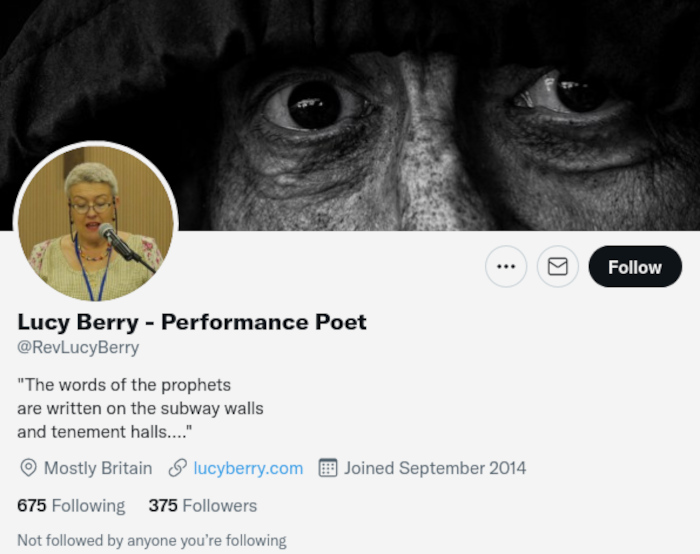
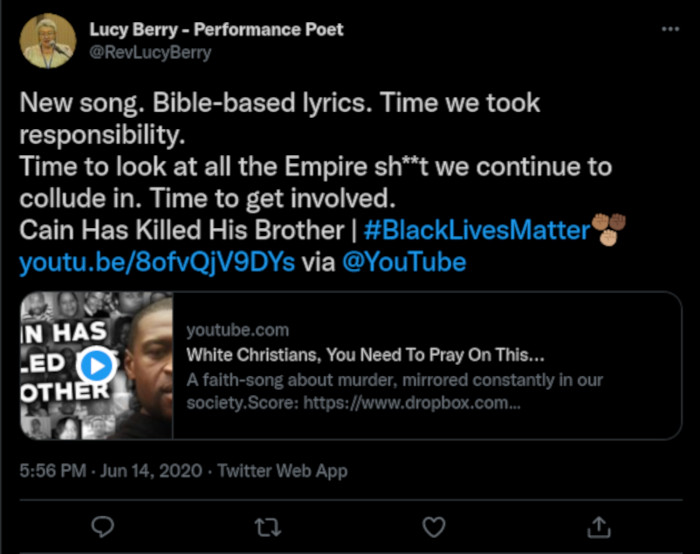
Fall of the first man.
According to the Martinist Tradition, humanity had not been able to attain a certain stage of spiritual evolution until the advent of the Christ. In effect, the Christ’s mission was not to save people, but to open a cosmic channel allowing humanity to cross certain spiritual spheres, inaccessible until then. Although He had opened the way, it was up to humanity to ascend along the path. The Christ did not save humanity by doing the work it alone has to do, but opened a way and showed the world how to travel along this path. To open this way, the mission of the Christ and His incarnation was that of the Repairer. In effect, he fulfilled the task of “reparation,” of recreating order and purifying Creation.
Martinism is a mystical tradition that was initially spread by Martinez de Pasqually in France around 1740 through a Masonic high-degree system. His two students, Louis Claude de Saint-Martin and Jean-Baptiste Willermoz, later spread it in various ways. Theosophische Wercke, written by Jacob Böhme in 1682, contained multiple instances of alphabetic symbolism. His design for the letter “M” (above) is called Mysterium Magnum, and it references Moses and Messias; his design for the letter “T” (above) is called Christi Testamenta, and it depicts a large tau cross with hearts, a dove, and a double-branched tree; his design for the letter “W” (not shown) represents the interplay of light and darkness through the words Wohl, which is German for GOOD, and Wehe, which means ILL. The following individuals are members of the Praxis Charity trustee board:
Dr Debbie Weekes-Bernard, former associate of the Runnymede Trust works social justice for Sadiq Khan. Before Khan was Mayor of London he represented the Nation of Islam in 2001 and 2002. Mr Khan was the group’s solicitor in a legal battle to overturn a ban on its leader, Louis Farrakhan, entering the UK. The ban was overturned, then later reinstated on appeal.

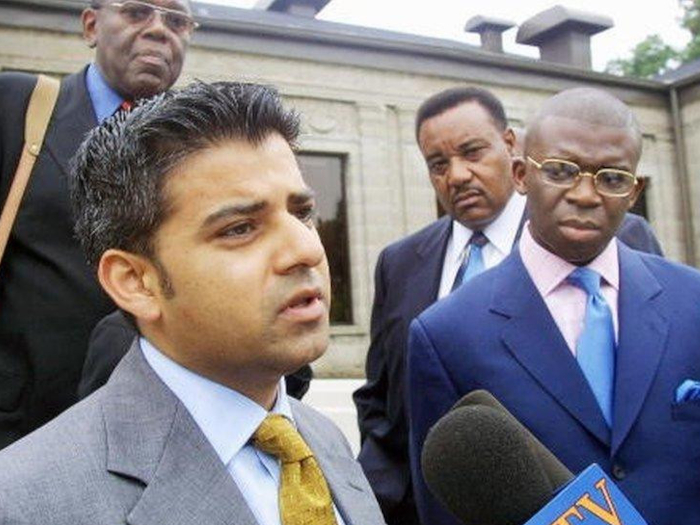
The racial identities of percieved racists are psychologically attacked by gaslit colour connected revolutions. It is easily explained by the relationship between Nation of Islam leader Louis Farrakhan and Catholic priest Michael Pfleger. Dr. Pfleger has been the pastor of St. Sabina Catholic Church, a Black parish situated in the Auburn Gresham neighbourhood of Chicago, where NBA Chicago Bulls are headquartered, since 1981. In a diocese where pastors typically serve for only six to twelve years, his uninterrupted tenure in only one parish is typically unheard of. On May 14, 1975, he was ordained as a priest for the Roman Catholic Archdiocese of Chicago.
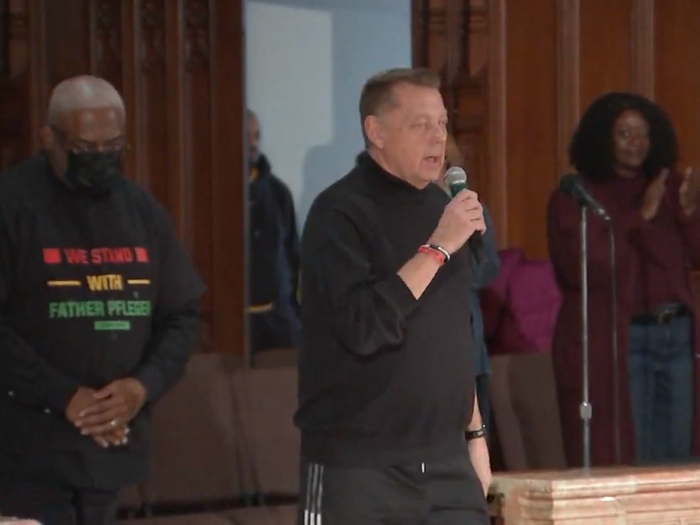
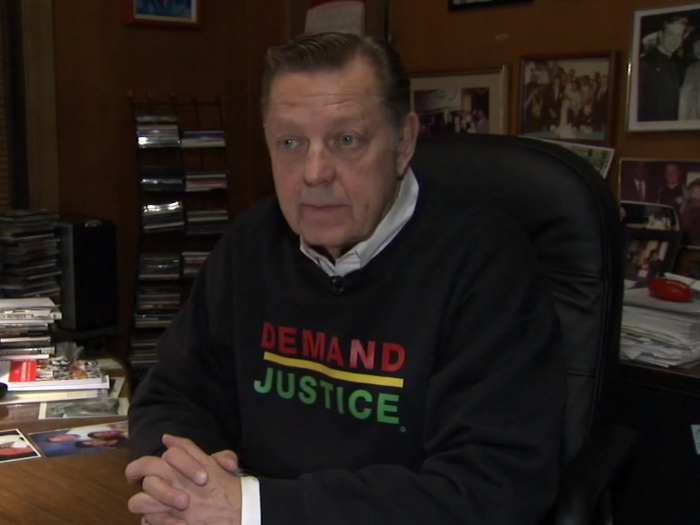
Pfleger's social activism has brought him media coverage throughout Chicago and beyond. He has often collaborated and associated with African American religious, political and social activists such as:
American Catholic priest and social activist Michael Pfleger's hosting of N.O.I Louis Farrakhan at St. Sabina Church, Chicago in May 2019. (notice how much wood is behind them, the shape of the chair Farrakhan is seated on). Red of "demand" pendant is repatriation via socialism, the green "justice" pendant is reintergration via environmentalism, notice the wood, or tree, behind Yakub. One of the characters in the mythology of the Nation of Islam (NOI) and its branches is Yakub, sometimes spelled Yacub or Yaqub. The NOI's theory states that the white race was created 6,600 years ago by a black Meccan scientist named Yakub.
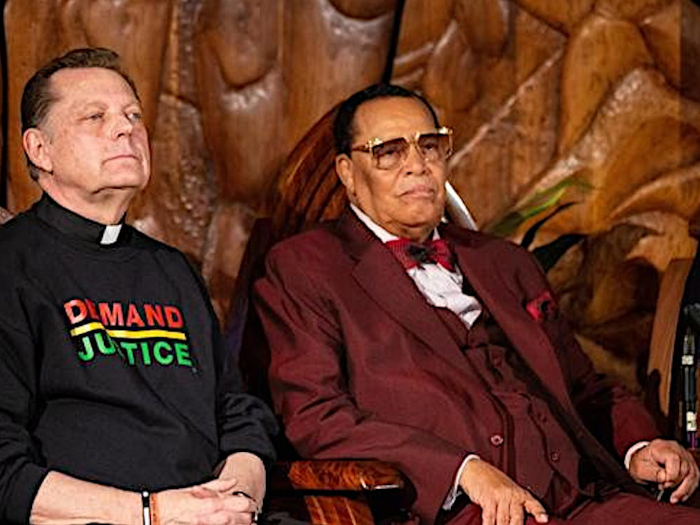
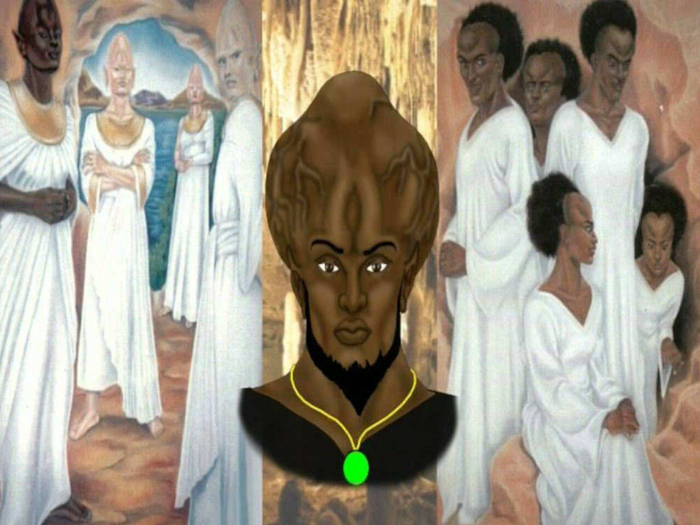
The Yakub made devils were really pale white, with really blue eyes; which we think are the ugliest of colours for a human eye. They were called Caucasian -- which means, according to some of the Arab scholars, One whose evil effect is not confined to one's self alone, but affects others.
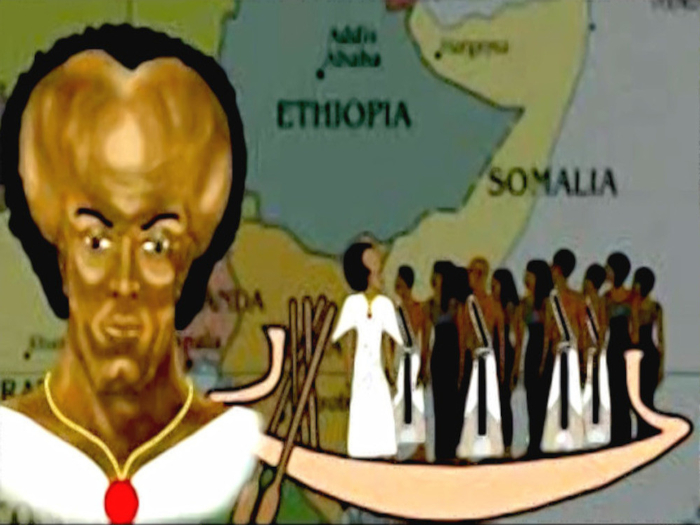
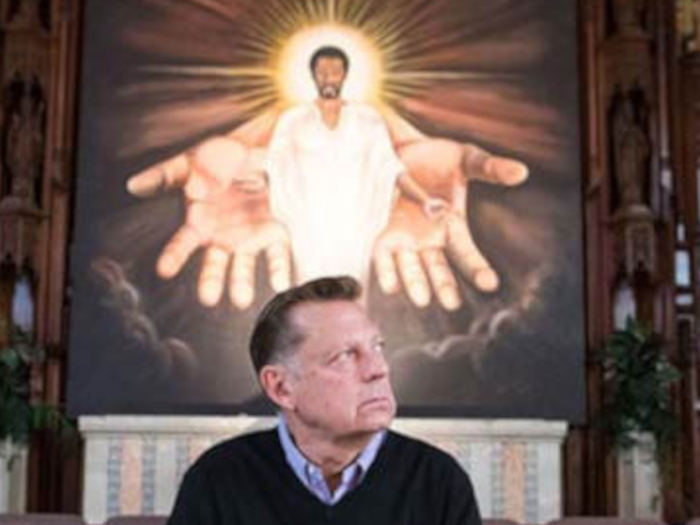
A form of selective breeding known as "grafting" was used to create the white race on the island of Patmos after Yakub discovered the law of attraction and repulsion. The story goes that after his death at the age of 150, his followers carried on the process. The NOI asserted that the white race was born evil and that they were destined to use "tricknology" to rule over the black people for 6,000 years, until 1914. Scholars have argued the tale is an example of a black theodicy, with similarities to gnosticism with Yakub as demiurge, as well as the story of Genesis. A belief in Yakub is shared by Five-Percent Nation, the United Nation of Islam, and the Nuwaubian Nation.
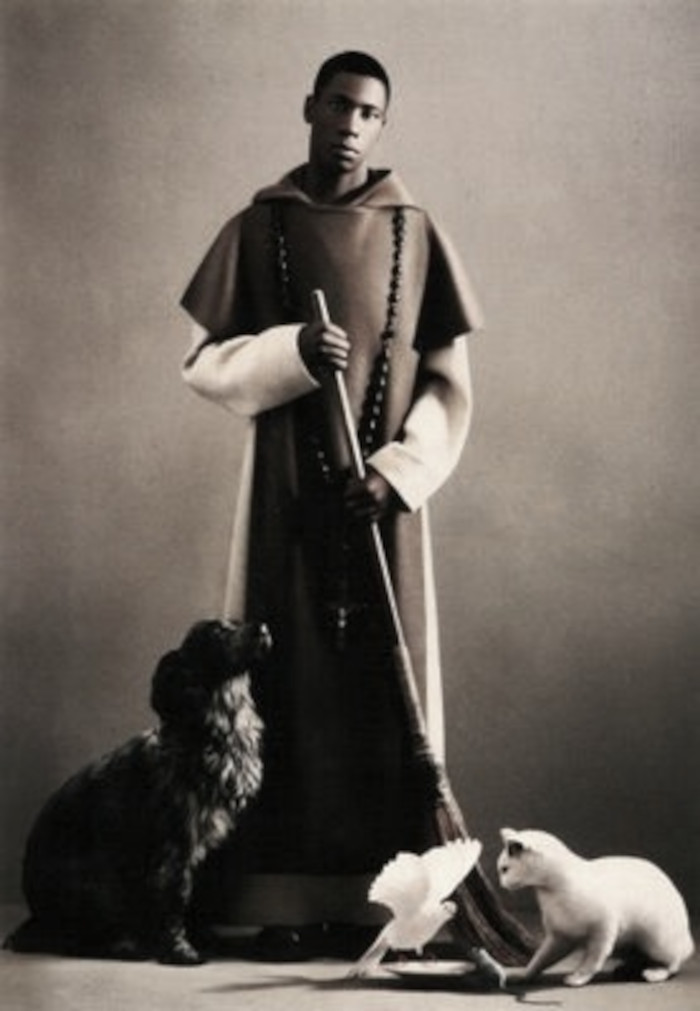
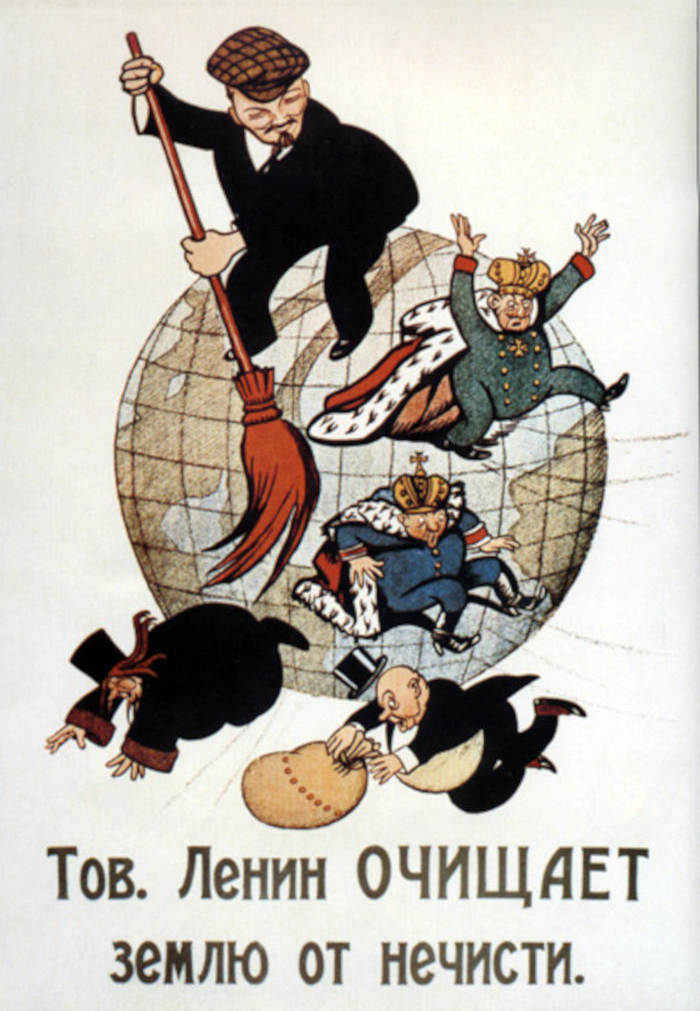
There are those who view that the early Christian Church, such as that one described in the Acts of the Apostles, was an early form of communism and religious socialism. The view is that communism was just Christianity in practice and Jesus was the first communist..
A Peruvian lay brother of the Dominican Order, Martín de Porres Velázquez lived from 1579 to 1639. The illegitimate son of a Spanish nobleman, Velázquez was a bastard who was hailed as a saint by barbers, innkeepers, public health professionals, and mixed-race people. Furthermore, he recommended that individuals who are striving for "racial harmony" be included. Juana de Porres was his sister. She was born two years later, in 1581. His father left the family after his sister was born. In order to support her kids, Ana, his mother took in single mothers. Laundry rooms in Ireland? He was recognised for his advocacy for the impoverished via the establishment of a children's hospital and an orphanage.
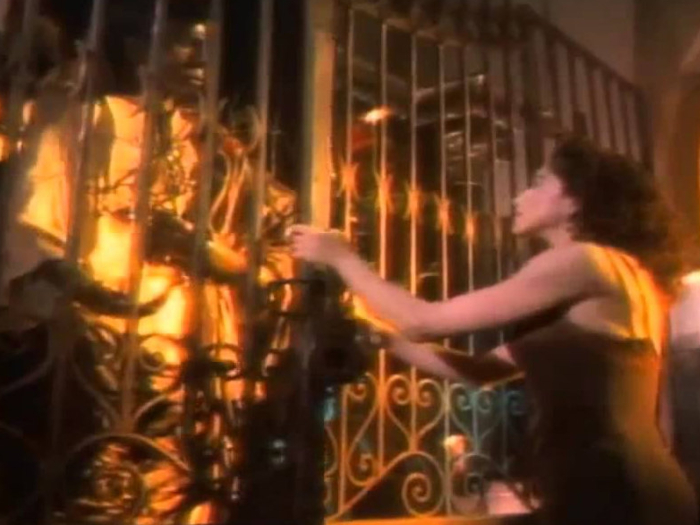
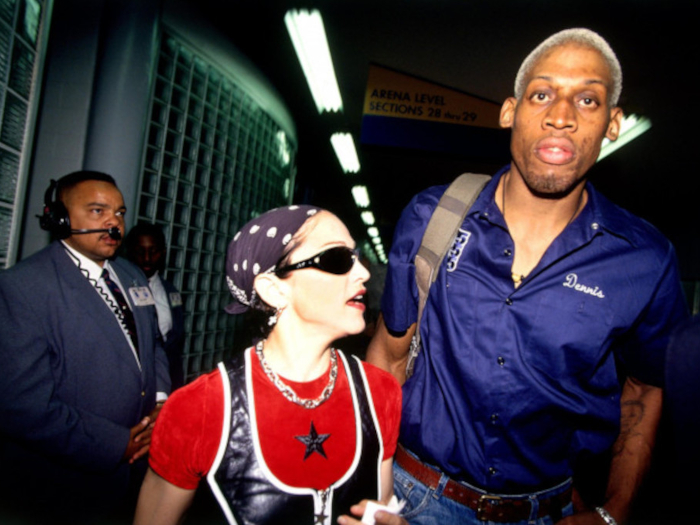
Numerous obscene "miracles" were attributed to Velázquez, including the ability to communicate with animals, miraculous knowledge, instantaneous cures, and levitation. Ignatius Reilly, the protagonist of the 1980 novel A Confederacy of Dunces, ponders the possibility of praying to Martin to secure social justice for the black workers at the New Orleans factory where he is employed. Additionally, "St. Martin De Porres" is the opening track on jazz pianist Mary Lou Williams' album Black Christ of the Andes. Martín de Porres was depicted as a character in the music video for Madonna's 1986 single "Like a Prayer.".
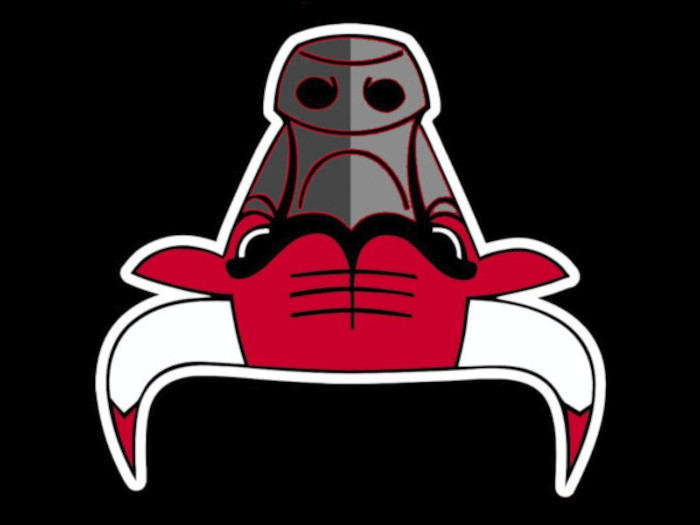
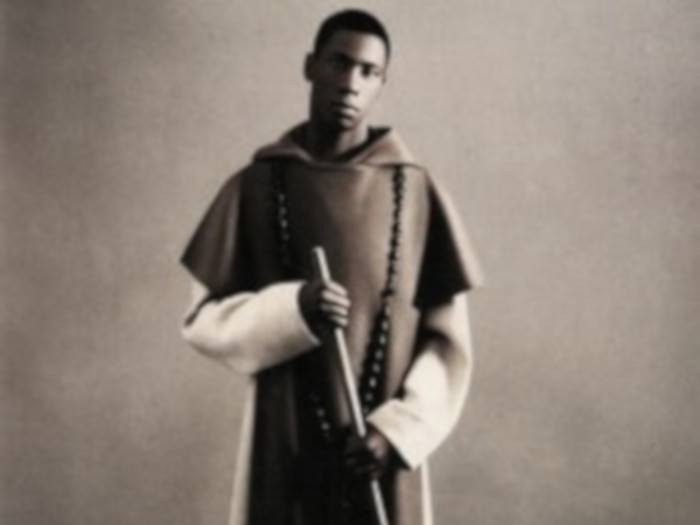
Power is in tearing human minds to pieces and putting them together again in new shapes of your own choosing..
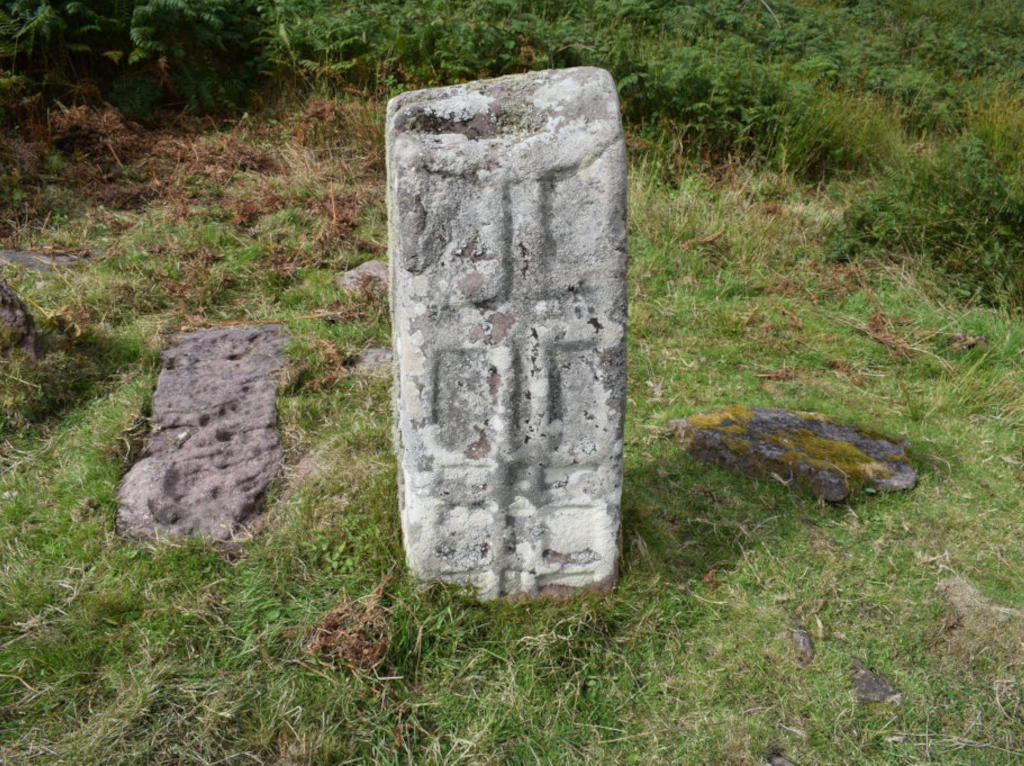
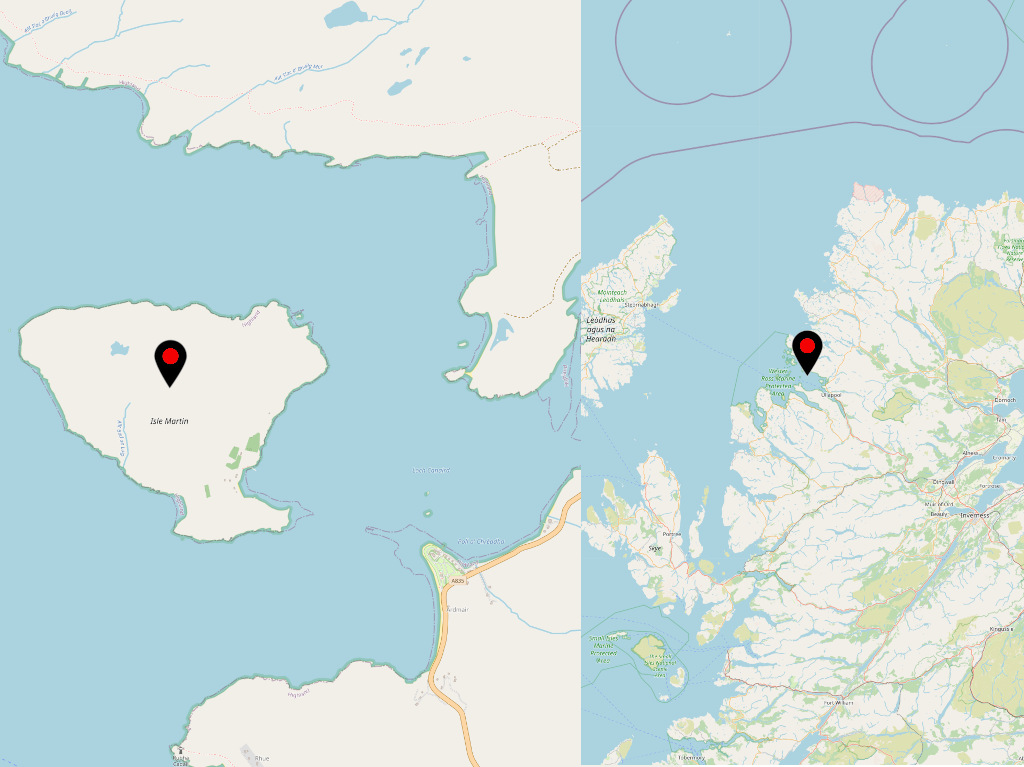
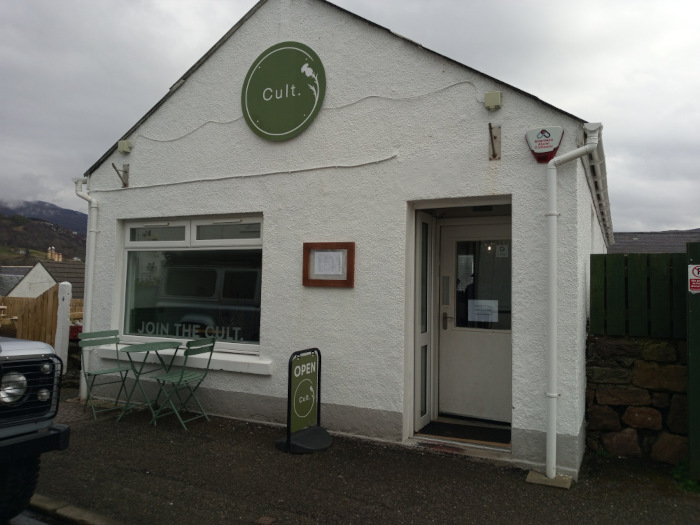
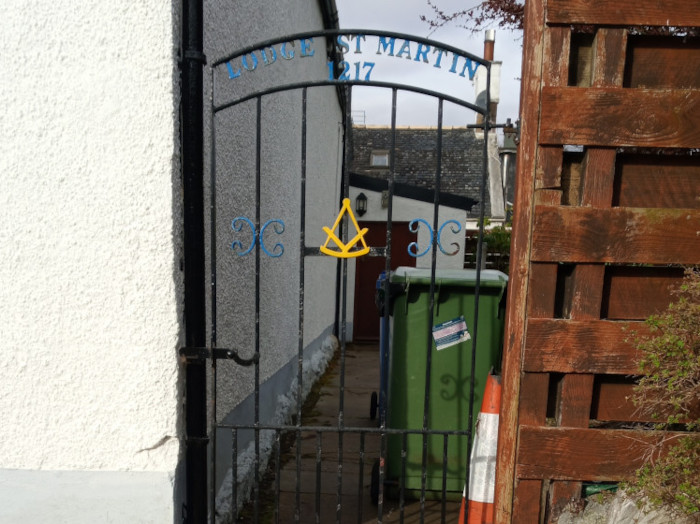
An archipelago situated in the Highland region of Scotland, the Summer Isles are situated at the mouth of Loch Broom [Martins' Broom]. The "Isle Martin" [the closest of the Summer Isles to Ullapool] is currently an uninhabited island in Loch Broom. However, it was once the location of a monastery that was established around 300–400 AD by St. Martin, after whom the island is named. On 27 Argyle Street in Ullapool, there is a "Cult Cafe" in the Nordic style, as well as the Catholic Church of Saint Martin of Tours and the Freemasonic Lodge of St. Martin No. 1217. There are ties between the lodge and the District Grand Lodges of Ghana, Trinidad and Tobago, Gibraltar, and the Middle East.
In Christianity, the Logos (Greek: Λόγος, lit. 'word, discourse, or reason') is a name or title of Jesus Christ, seen as the pre-existent second person of the Trinity. The concept occurs in John 1:1, which describes him as the Logos 'in the beginning' [Alpha].
The secret symbols of this apostolate are the logos of Nike, the Los Angeles Raiders, the Chicago Bulls, Red Bull, Obey, and Tap Out. As a result of compartmentalisation, perceptions are pushed to the edges of awareness. It is made possible by egalitarian manifestos that the Jesuits gave to secret societies like COMMON WEALTH freemasonry and Rosicrucian and Templar orders. Solomonic initiation rites into the "world unseen" are held in the womb of Mary, where subordinate initiates are blindfolded and abused.
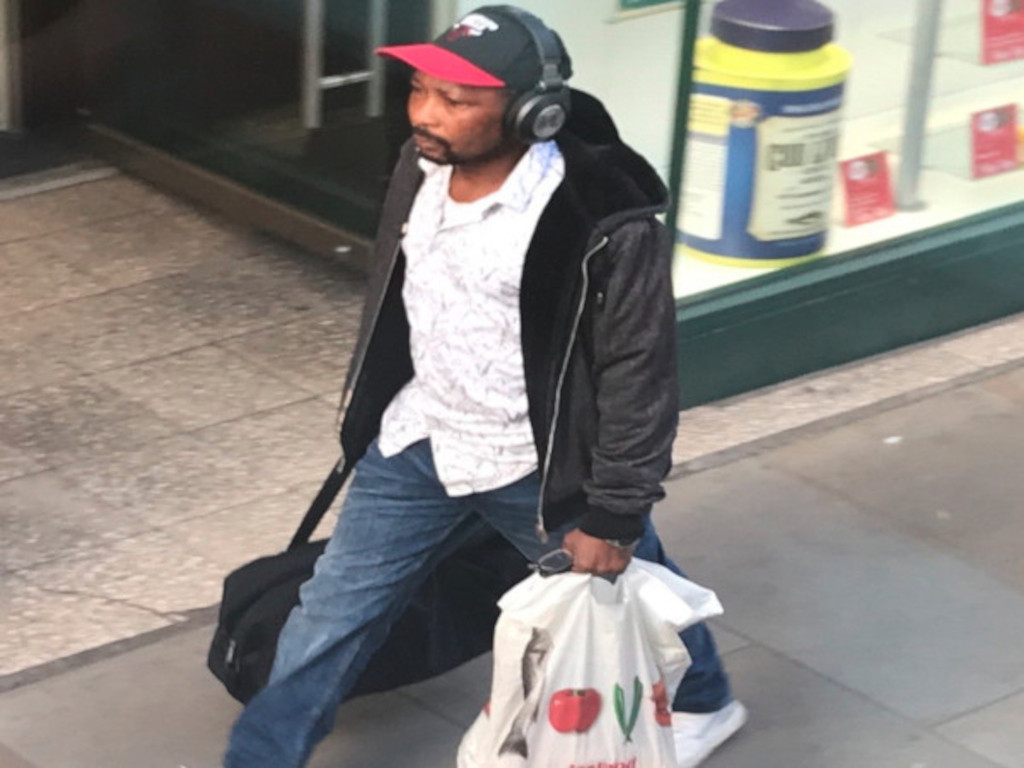

Monarch bloodlines with thousands of bastard descendants with the United Kingdom are plundered into pre-existent haplessness named year zero. Destructive and manipulative psychological tortures that eliminate critical thinking and smokescreen hypervigilance from demonstrating to "profanity" how the Christi Testamenta functions, with Saint Dominic's "lilies of the field" coming in first, have erased an ethnocentric or homogenous mind. Jorge Mario Bergoglio was born on December 17, 1936, and became Pope Francis. In 2013, he was appointed head of the Catholic Church, Rome's bishop, and ruler of Vatican City State. Francis is the first pope to be a Jesuit, or Society of Jesus, member. The apostolate of dePorress was silently issued as a papal bull in 2013, resulting in the Jesuit Pope being painted onto a red and black cover of Time Magazine. He was referred to as "the Peoples Pope".
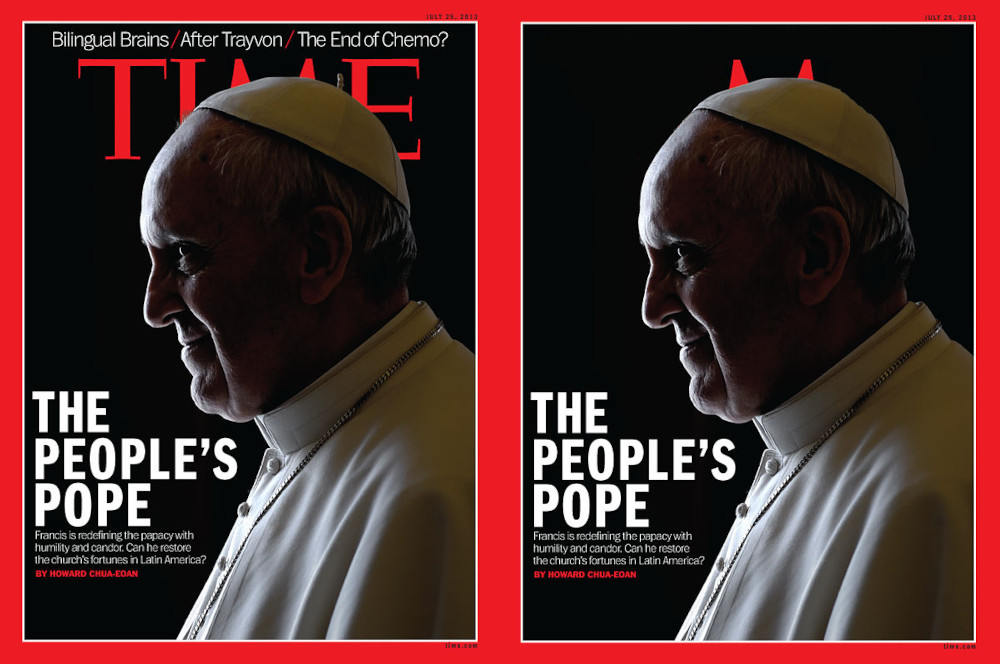
Bergoglio's upbringing in socialist Argentina had a profound effect on his philosophy. He disclosed to Latin American journalists Javier Camara and Sebastian Pfaffen that as a young man he "read books of the Communist Party that my boss in the laboratory gave me" and that "there was a period where I would wait anxiously for the newspaper La Vanguardia, which was not allowed to be sold with the other newspapers and was brought to us by the socialist militants.". In international diplomacy, he helped to restore full diplomatic relations between the United States and Cuba, supported the cause of refugees during the European and Central American migrant crises, and made a deal with China to define how much influence the nation has in appointing their Catholic bishops.
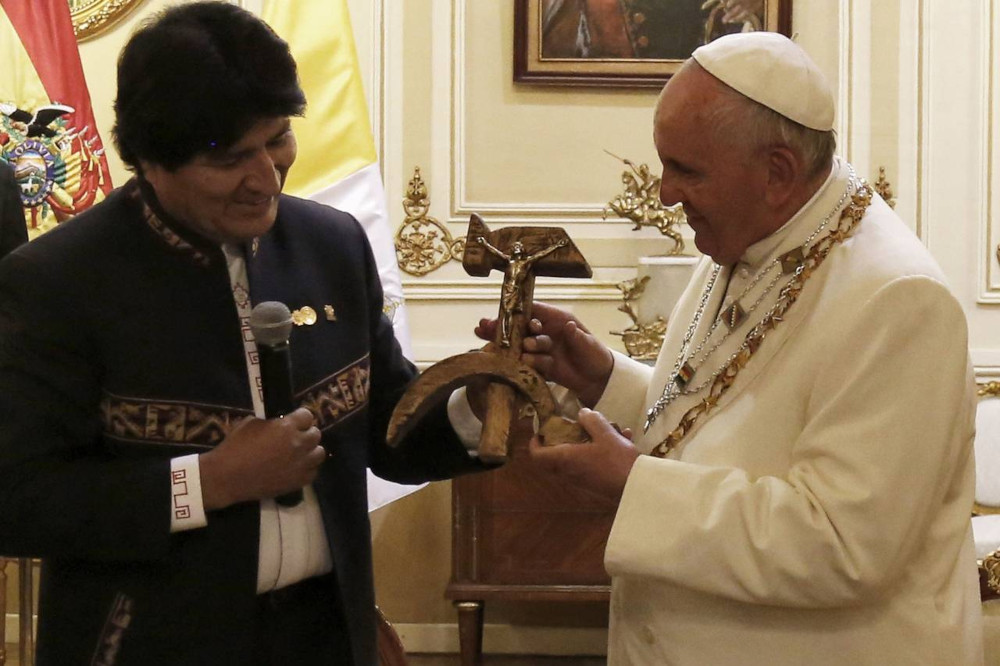
It is Communists who think like Christians.
Bergoglio urged the Marxist-Christian dialogue group Dialop to collaborate in the combat of corruption and the abuse of power, as well as to advocate for the disadvantaged. On January 3, 2024, Francis said at a reception in the Vatican that Christians, socialists, Marxists, and communists should all work together to make the world a "better, fraternal future" in a world torn apart by wars and polarisation. The Pope desired "the courage to step outside the box" and an openness to dialogue to explore "new paths.".
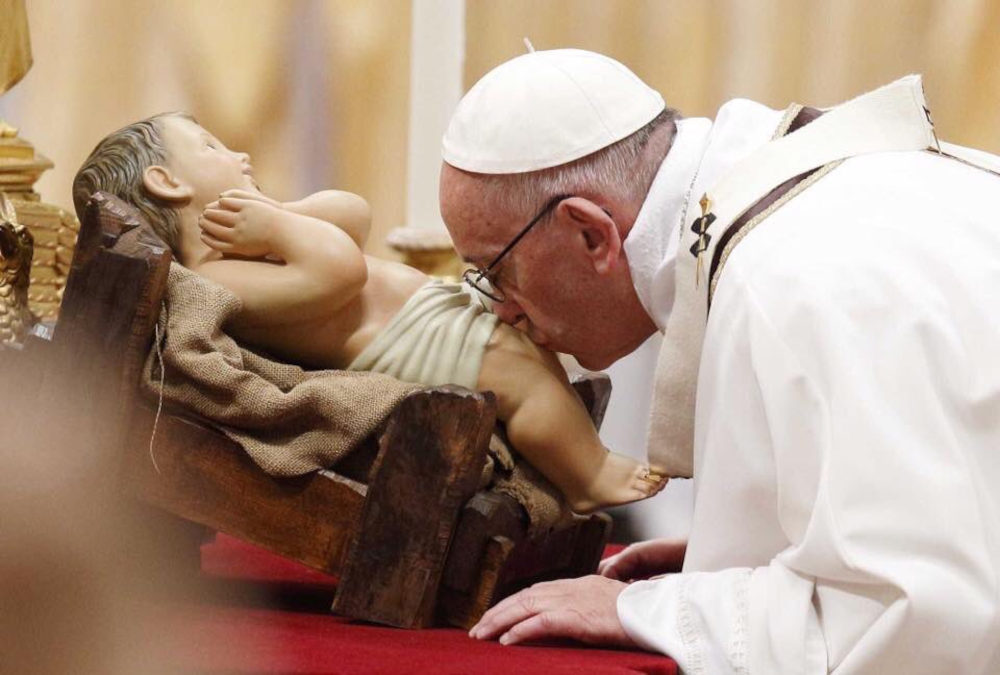
Inequality is the root of all evil..
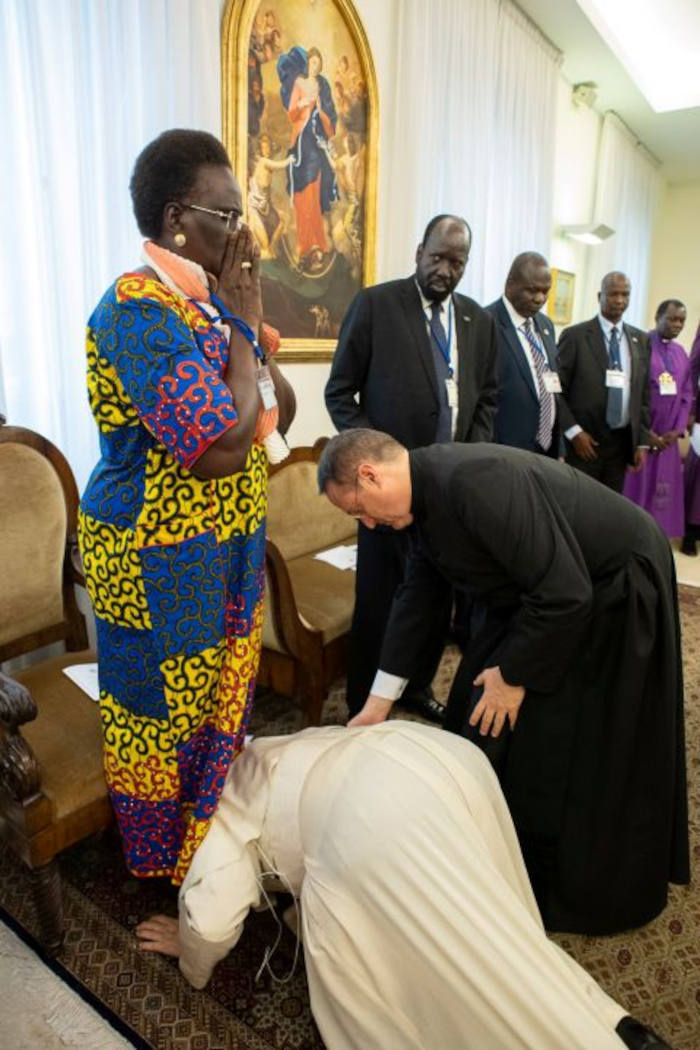
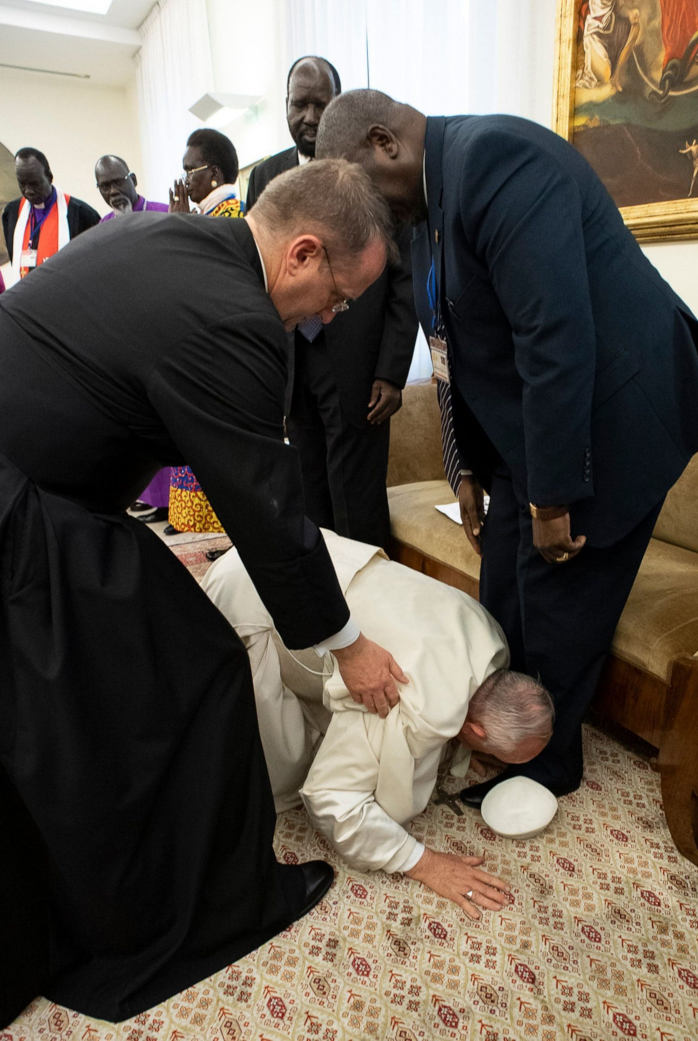
The dialogue platform "Dialop" is dedicated to the exchange of ideas between Christians and socialists or Marxists. They work on social ethics and the environment with schools, combining Marxist ideas with Catholic social teaching. The platform briefed the Pope on its ten-year activities during the audience, some of which were also backed by the Vatican's cultural and educational authorities. Bergoglio termed it a "beautiful program.". St. Martin-in-the-Fields is one of the most renowned churches in London. Dick Sheppard, who served as vicar from 1914 to 1927, established programs for the homeless in the area and came up with the name "Church of the Ever Open Door" as its motto. Additionally, Sheppard founded the Peace Pledge Union, which is linked to Martin Luther King Jr.'s renunciation of war. The church's steps are frequently used for peace vigils, and there is a memorial chapel dedicated to him that features a plaque for feminist and socialist Vera Brittain, another well-known Anglican pacifist. As the royal family's parish church, Saint-Martins-in-the-Fields church is very close with 10 Downing Street and the Admiralty.
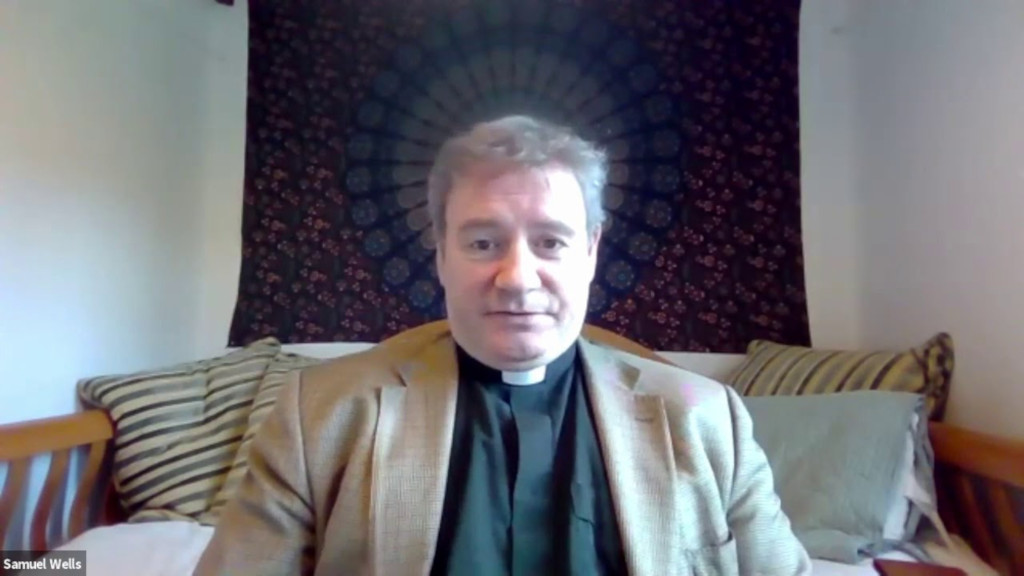
I will always be marked by the struggle. But it is through it that I have seen God.
In addition to serving as the Church of England priest for St. Martin-in-the-Fields since 2012, Samuel "Martin" Bailey Wells is the Chair of the Diverse Church and a visiting professor of Christian ethics at King's College London. His doctoral dissertation was titled "How the Church performs Jesus' story: improvising on the theological ethics of Stanley Hauerwas" [Hauerwas is a member of Phi Delta Theta, an international secret and social fraternity that has been around for 174 years]. Wells was appointed as the dean of Duke Chapel and a research professor of Christian ethics at Duke Divinity School in North Carolina in 2005. By the way, only about 5 percent of applicants are accepted into the Duke Graduate Program in Religion. He created and presided over the Faith Council, which has twelve members representing various religious traditions. Initiated conversations and led debates about faith and morality. The Connection at St Martin-in-the-Fields, which was established in 2003 by combining two programs that date back at least to 1948, is the church's well-known outreach program for youth and the homeless. Oranges and Lemons, a nursery rhyme, may refer to the church as St. Martin's.
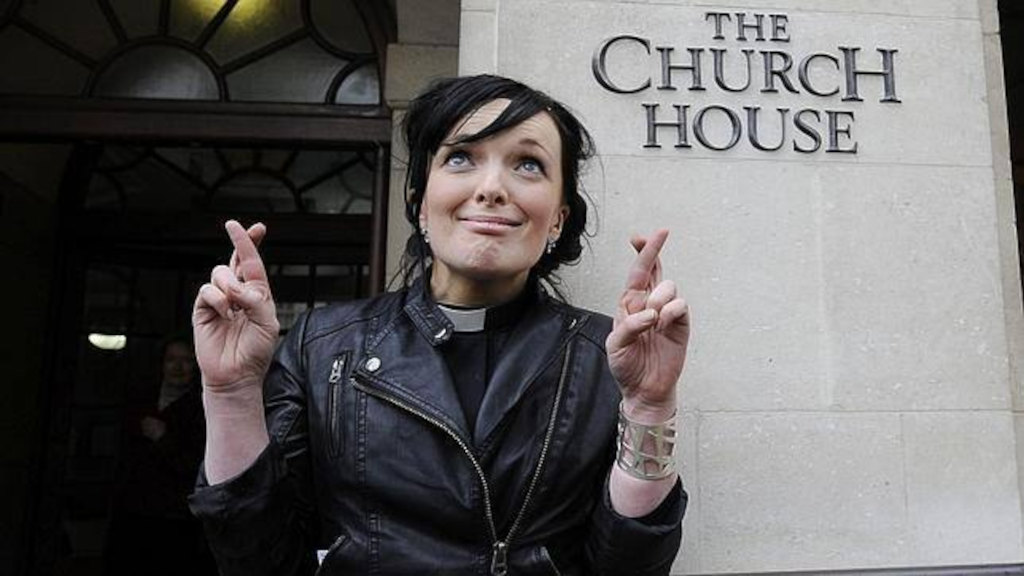
Sally Hitchener is an Anglican priest and the Associate Vicar of St. Martin-in-the-Fields in Trafalgar Square. She was previously the co-ordinating Anglican Chaplain and interfaith advisor at Brunel University. She established Diverse Church, a charity that provides support to LGBT+ Christians. At York University, Hitchener studied social policy and anthropology. At Oxford's Wycliffe Hall, she studied theology and received ordination training. Hitchiner led the church through the pandemic and introduced live-streaming services early on, accompanied by ecclesiological and theological ideas. In this capacity, she collaborated with Sam Wells to co-found the Being With Course.
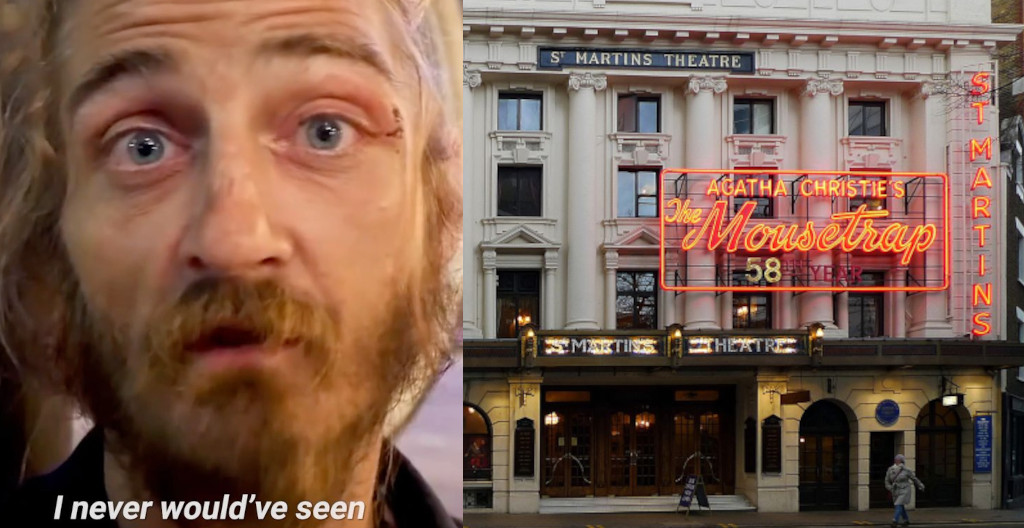
Lastly, I leave you Voluntary Poverty, that which, although she may indeed appear less comely outwardly, yet is the more fair and precious interiorly and well endowed with spiritual wealth, since it is certain that her merit cannot be paid with the price of this earth, and therefore is the Kingdom of Heaven assigned as her reward. [..] O my children, my brethren, love, revere and observe Holy Poverty: I esteem regard for this observance above all other things in religion.
For one day each year, the Church of Saint Martin in the Fields, holds a locked down "covenant" service. During this service, the "Jesus in the Slum" dream of Saint Martin is initiated by the tearing of red material (with a sword) into frayed squares, which are distributed among attendees as a symbolism of covenant. His cult was revived in French nationalism during the Franco-Prussian War of 1870/1, and as a consequence he was seen as a patron saint of France during the French Third Republic. Kenneth Leech was born into a secular working-class family in Ashton-under-Lyne in greater Manchester. As a teenager, he became a Christian and a socialist at the same time. A speech denouncing apartheid at the Free Trade Hall in Manchester in 1956 by Trevor Huddleston, a priest of the Community of the Resurrection who had just returned from South Africa, had a particularly powerful impact on him. He would remember thinking: If this faith could drive this man to oppose racism with such passion, perhaps it could drive me too
.
In 1958, Leech relocated to the East End of London, where he engaged in his pursuit of a history degree at King's College, London. He wrote later that this move was the real turning point in his life. After earning a Bachelor of Arts degree in 1961, he enrolled in Trinity College, Oxford, where he completed his studies in 1964. In 1964, he was also ordained to the diaconate. He was made a priest in 1965, after studying theology at St. Stephen's House, Oxford. In urban London parishes that were poor and had problems with racism and drug abuse, he worked as a priest. He served as a curate at Holy Trinity, Hoxton in the East End of London for two years after his ordination, during which time he became aware of the significant amount of racism within the white working class. He then served as a curate at St. Anne's, Soho from 1967 to 1971. (Property in Soho is mostly owned by the Vatican, and leased to massage and sex shops, LGBTQ+ bars and post-production media studios).
The East End seemed full of left-wing Christians and co-operation between Christians and Marxists was common. I got to know some old Communist councillors, all of them atheists, but all of them having a long history of cooperation with socialist Christians with whom they had a lot in common. The East End has shaped me more than any place.
While in Soho, Leech set up the Soho Drug Group (1967) which ministered to young addicts, many of whom had been drawn into prostitution. In 1969, at the instigation of and with Anton Wallich-Clifford and the Simon Community, Leech also established the charity Centrepoint which became the United Kingdom's leading national charity tackling youth homelessness. He was the chaplain and tutor in pastoral studies at St. Augustine's College in Canterbury from 1971 to 1974. He was appointed rector of St Matthew's Bethnal Green in 1974 and held the position until 1979. His involvement in the fight against the National Front and other "racist" and "fascist" organisations was profound during his time at St. Matthew's. In 1974, with Rowan Williams (who became the Archbishop of Canterbury) and others, he founded the Jubilee Group (see also Community of Ekklesia and Critical Religion Association), a network of Christian socialists in Britain and across the Anglican Communion, most of whom were Anglo-Catholics. In 1980, he became Race Relations Field Officer for the British Council of Churches Community and Race Relations Unit.
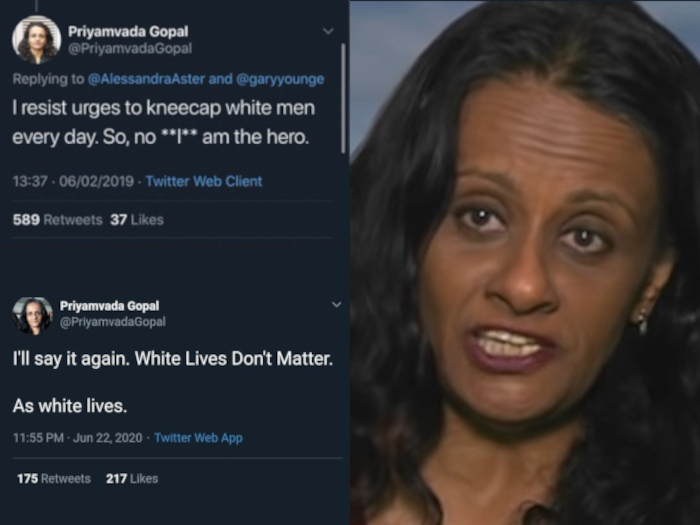
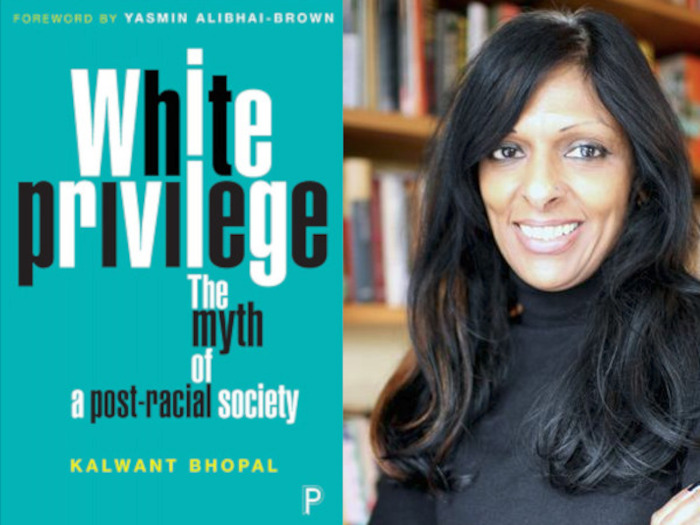
The emergence of a new Bengali radicalism is the most encouraging and most hopeful aspect of the whole period. The radicalisation of Asian youth in Brick Lane is part of a nationwide process,' with saw 'close parallels between this and radicalisation of the Jews at the turn of the century. The ghetto has produced not despair and resignation but anger and organised revolt. It is this new spirit that the hope for the future lies.
He was appointed Race Relations Field Officer of the Church of England's Board for Social Responsibility the following year. He was the head of the Runnymede Trust, a think tank in Britain that worked to promote racial diversity 1987 to 1990. Rowan Williams, when he was archbishop, gave Leech a Lambeth doctorate.
Protest is a by-product of vision. If the church recovers its contemplative vision, becomes more rooted in God, it will become a disturbing force for society..
He maintained that it needed to be rooted in prayer and should be the responsibility of the entire local Christian community, regardless of their gender, race, or class. "Subversive orthodoxy," which he defined as the unbreakable union of contemplative spirituality, sacramental worship, orthodox doctrine, and social action, was at the heart of his faith. Leech was written to have sought direction through these words of Bishop Frank Weston:
You cannot worship Jesus in the tabernacle if you do not pity Jesus in the slum … Look for Jesus. And when you see him, gird yourselves with his towel and try to wash his feet.
Leech said that the key to a Christian life is combining faith with the search for justice, which leads to the coming of the Kingdom of God on earth. This idea is at the heart of the Bible, the teachings of the Church Fathers, and the Christian mystical tradition. Stewart Headlam, Thomas Hancock, Charles Marson, Percy Widdrington, Conrad Noel, and Stanley Evans were among the Fabian Society figures who influenced his work, and his work also drew on the radical and even revolutionary strands of Anglo-Catholicism. He acknowledged the contributions of F. D. Maurice, Brooke Foss Westcott, Charles Gore, William Temple, and other reform-minded Anglican Christian socialists, but thought them often to be too timid and middle class. On September 12, 2015, Leech died in Manchester of cancer. He is survived by his wife Julie and a son named Carl from a "previous" marriage. The homeless victims of nuclear family dissolutions, alienated by critical race theory, and the general degeneration of society, particularly through affirmative action policies, are still being socialised by his legacy through Centerpoint. Beggars Group is a British record company that owns or distributes several other labels, including 4AD, Rough Trade Records, Matador Records, XL Recordings and Young. Founded by Martin Mills, Beggars' roots stem from the Beggars Banquet record shops, which first opened in 1973 with a shop in Earls Court, London. He has a personal fortune of £230 million. A Beggars Group sale of their stake in Spotify in 2019 earned Mills £8 million.
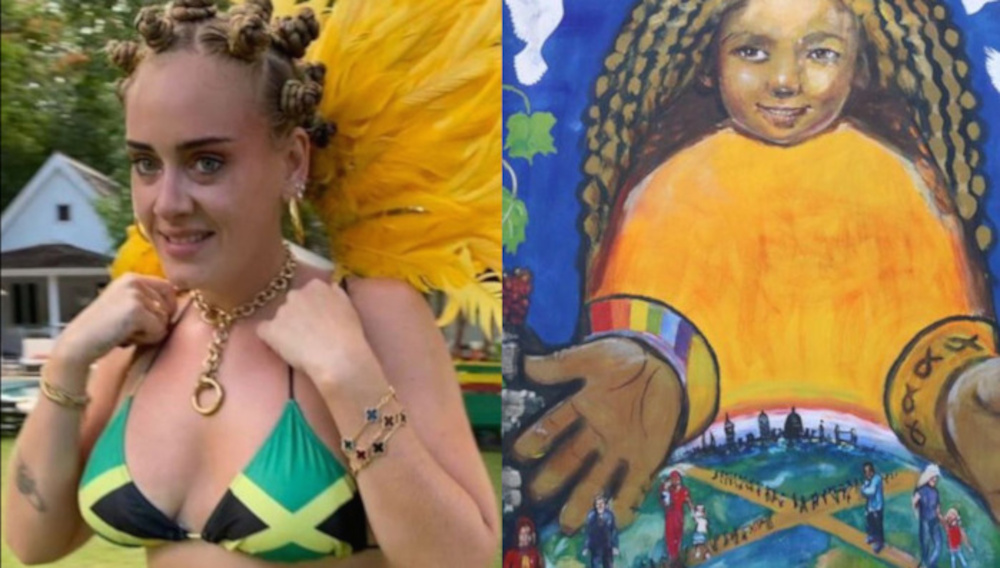
The Times newpaper reported that a survey of the Metropolitan Police Federation ( it reps 30,000 officers) view the Notting Hill Carnival as “torture” and 89% felt for their safety. Not unreasonable since 61 were officers assaulted, but this didn’t stop some twerp from Notting Hill Carnival Ltd being quoted as saying; “ The survey is written with an anti-Carnival agenda with unsubstantiated quotes and little sold data designed to create negative headlines.” Just a reminder that in the year of 2024 2 people were killed and there were 8 non-fatal stabbings not to mention 349 arrests. This is a quote from an officer attacked at the carnival; “I was punched so hard in the jaw I was knocked out and couldn’t chew for weeks. I’m still in pain… all because I was trying to detain someone for assaulting another.
Heartbreak superstar Adele was "honoured" by Prince Charles, receiving an MBE (Most Excellent Order of the British Empire) from the Queen's Birthday Honours at Buckingham Palace on Thursday (19 December 2013). Adele has often been described as a "People's Queen" by her fans .
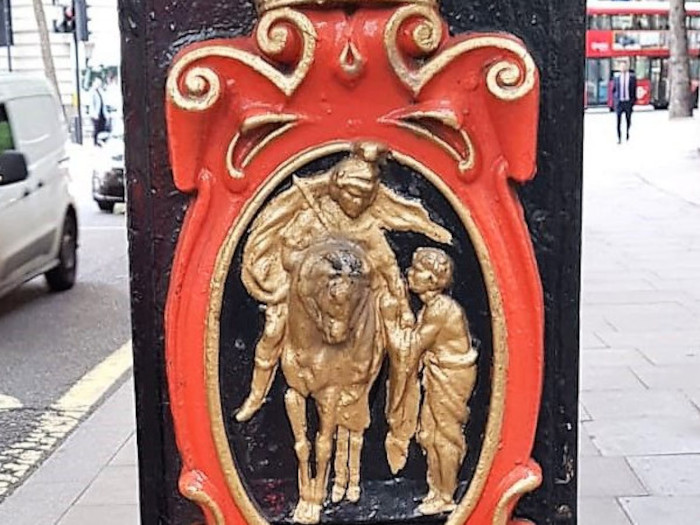
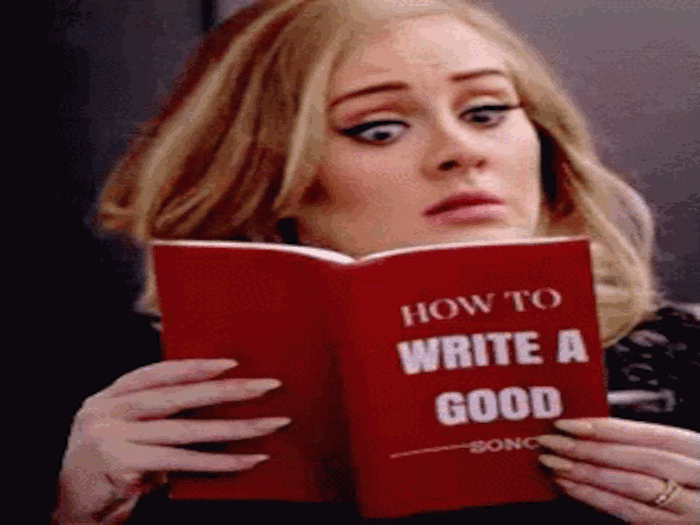
Baby, I have no story to be told But I've heard one on you, now I'm gonna make your head burn Think of me in the depths of your despair Make a home down there, as mine sure won't be shared.
Adele Laurie Blue Adkins MBE was born on 5 May 1988 in Tottenham, London, to an English mother, Penny Adkins, and a Welsh father, Marc Evans. In 1986, Penny met Mark Evans, who is Adele's father, at the Kings Head pub in North London. Penny refused Mark's proposal so the couple never married; born out of wedlock daughter Adele was birthed a bastard. Evans left Penny in 1991, when Adele was three years old, leaving her mother to raise her. Adele allegedly claimed she would 'spit at him in the street' if she saw him [Evans] again.
Evans confessed to writing his famous daughter letters every month to no avail but said he had never gave up hope of seeing his grandson. Not dissimilar to many female celebrities signed into secret societies [within and without disclosure of society], Adele disowned her ex-alcholic father Mark Evans; heartless, in that she ignored [no forgiveness] his plea's for contact to see his grandson; even after he made an appology whilst dying on his death bed from an eight year long battle with bowel cancer.
Churches Together in England is a company registered at Companies House with number 05354231, and a charity registered at the Charity Commission with number 1110782. The organisation is located at 27 Tavistock Square, London WC1H 9HH and is governed by a Board, whose members are the trustees of the charity and the directors of the company.

The "Enabling Group" formed by Churches Together is a biannual overnight meeting of representatives for the purposes of governance and common concern.
A nation can survive its fools and even the ambitious. But it cannot survive treason from within. An enemy at the gates is less formidable for he is known and carries his banners openly. But the traitor moves among those within the gates freely, his sly whispers rustling through all the alleys, heard in the very halls of government itself... for the traitor appears no traitor: He speaks in accents familiar to his victims, and he wears their faces and their garments, he appeals to the baseness that lies deep in the souls of all men. He rots the soul of a nation; he works secretly and unknown in the night to undermine the pillars of the city; he infects the body politic so that it can no longer resist. A murderer is to be less feared..
The Enabling Group consists of representatives from each Member Church, from Intermediate Bodies, and from Bodies in Association. Membership of the Enabling Group includes:
Antiochian Orthodox Christian Archdiocese of the British Isles & Ireland • Apostolic Church UK • Apostolic Pastoral Congress • Armenian Orthodox Church • Assemblies of God • Baptist Union of Great Britain • Calvary Church of God in Christ • Catholic Bishops’ Conference of England and Wales • Church of England • Church of God of Prophecy • Church of Scotland (Presbytery of England) • Churches in Communities International • Congregational Federation • Coptic Orthodox Church • Council of African and Caribbean Churches UK • Council of Lutheran Churches • Council of Oriental Orthodox Christian Churches • Elim Pentecostal Church • Evangelical Lutheran Church of England • Free Church of England • Free Churches Group • Ground Level • Holy Apostolic Catholic Assyrian Church of the East • Ichthus Christian Fellowship • Independent Methodist Churches • International Ministerial Council of Great Britain • Ixthus Church Council • Joint Council of Churches for All Nations • Malankara Orthodox Syrian Church (Indian Orthodox Church) • Mar Thoma Church in Europe • Methodist Church • Moravian Church • New Testament Assembly • New Testament Church of God • Oecumenical Patriarchate • Order of St Leonard • Pioneer • Presbyterian Church of Ghana in England • Redeemed Christian Church of God • Religious Society of Friends (Quakers) • Ruach Network of Churches • Russian Orthodox Church (Moscow Patriarchate) • Salvation Army • Serbian Orthodox Church • Seventh-day Adventist Church (observer) • Synod of German-Speaking Lutheran, Reformed, and United Congregations in Great-Britain • Transatlantic Pacific Alliance of Churches • Unification Council of Cherubim & Seraphim Churches (Europe Chapter) • United Kingdom World Evangelism Trust • United Reformed Church • Vineyard Churches UK & Ireland • Wesleyan Holiness Church • Wesleyan Reform Union.
There are six Presidents of Churches Together in England, current and previous presidents are:
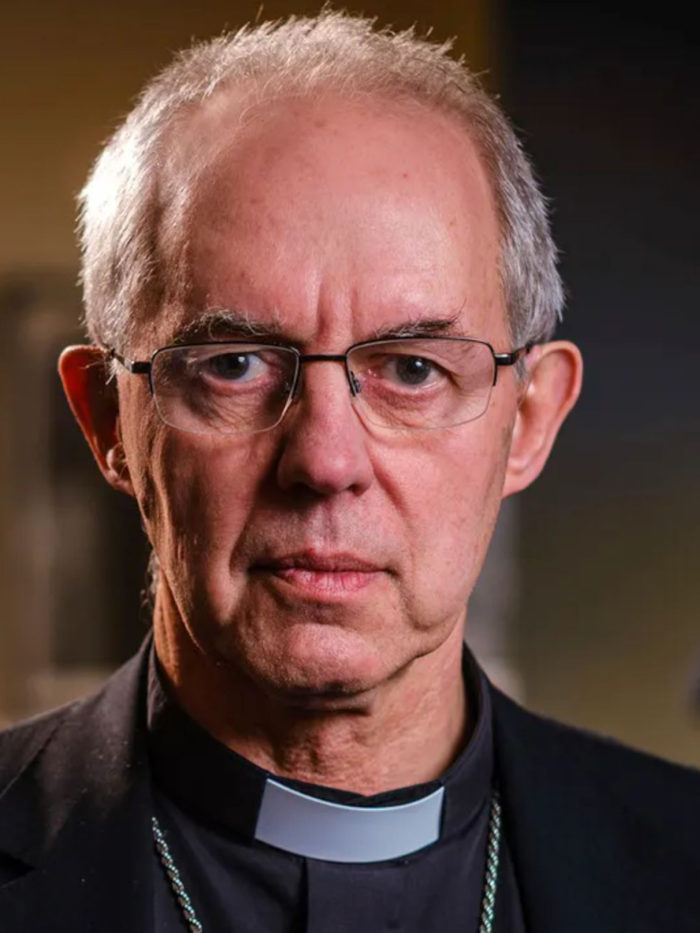
105th Archbishop of Canterbury 2013 to 2025. Welby, a bastard was born illegitimate, his parents personal and private secretary's to Winston Churchill.
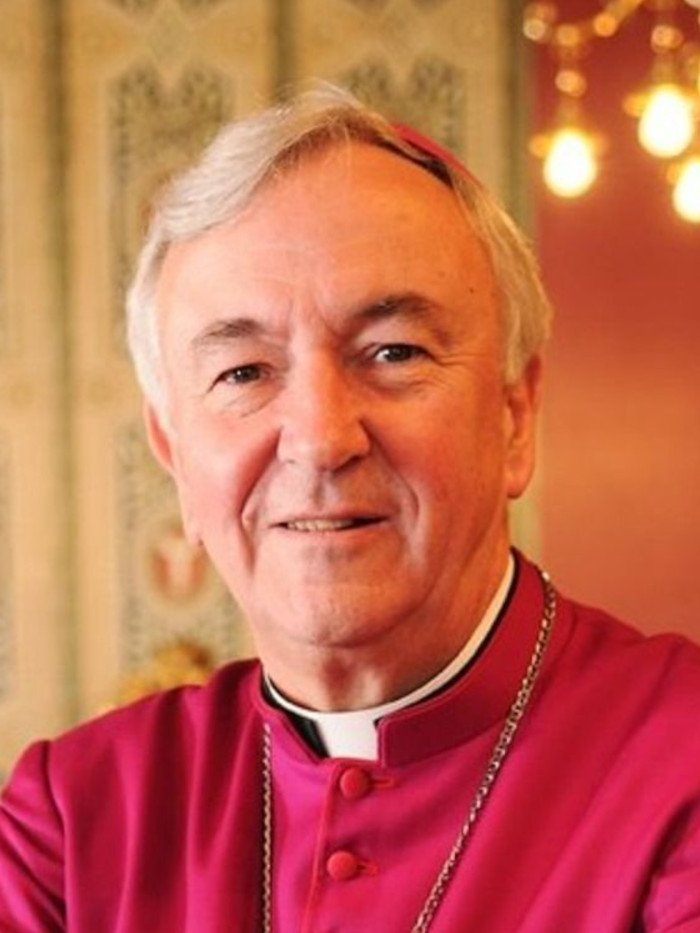
Archbishop of Westminster and President of the Catholic Bishops' Conference of England and Wales. Patron of the Bellarmine Institute.
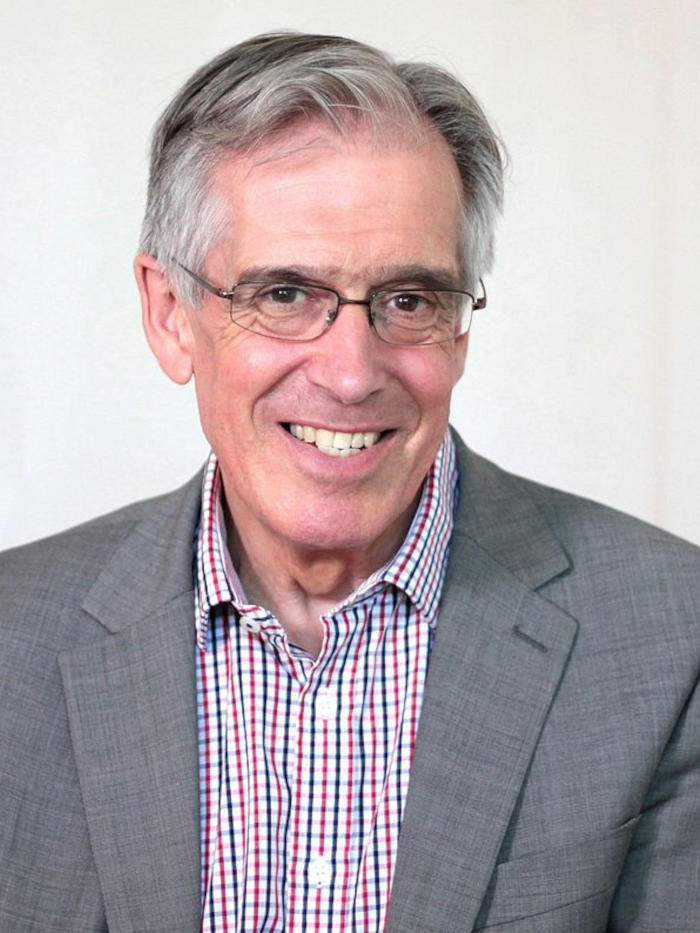
British church leader, conference speaker, author and modern church historian. Appointed Moderator of the Free Churches Group on 17 September 2014.
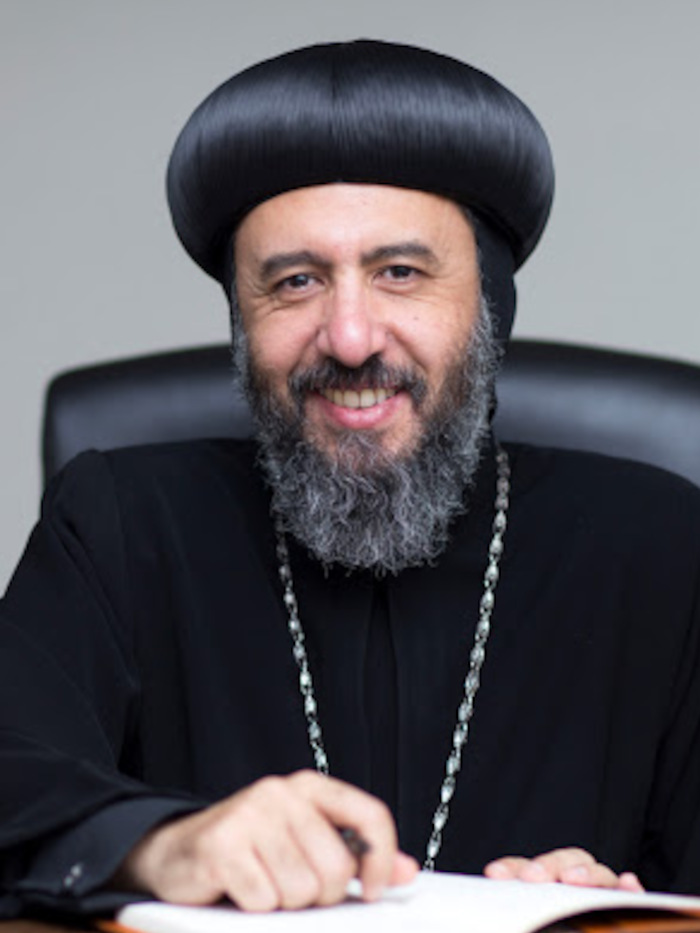
OBE (for services to international religious freedom) is the Coptic Orthodox Bishop of London and Papal Legate to the UK and to Sydney and its Affiliated Regions.
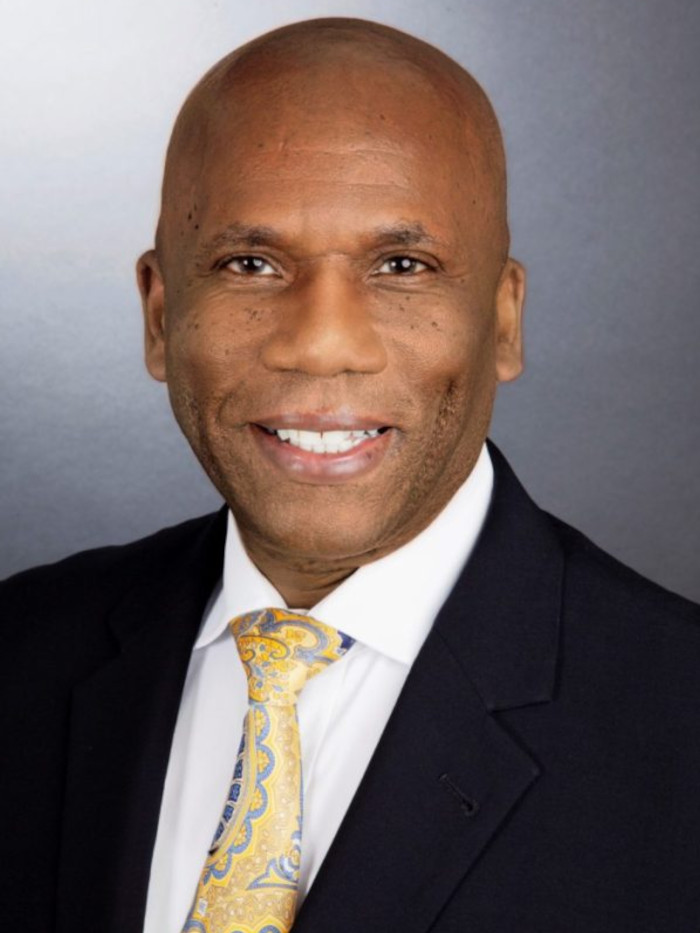
Senior Pastor of the House of Bread, Church of God of Prophecy, since 1989. CTE Pentecostal and President, and National Overseer of the Church of God of Prophecy UK.
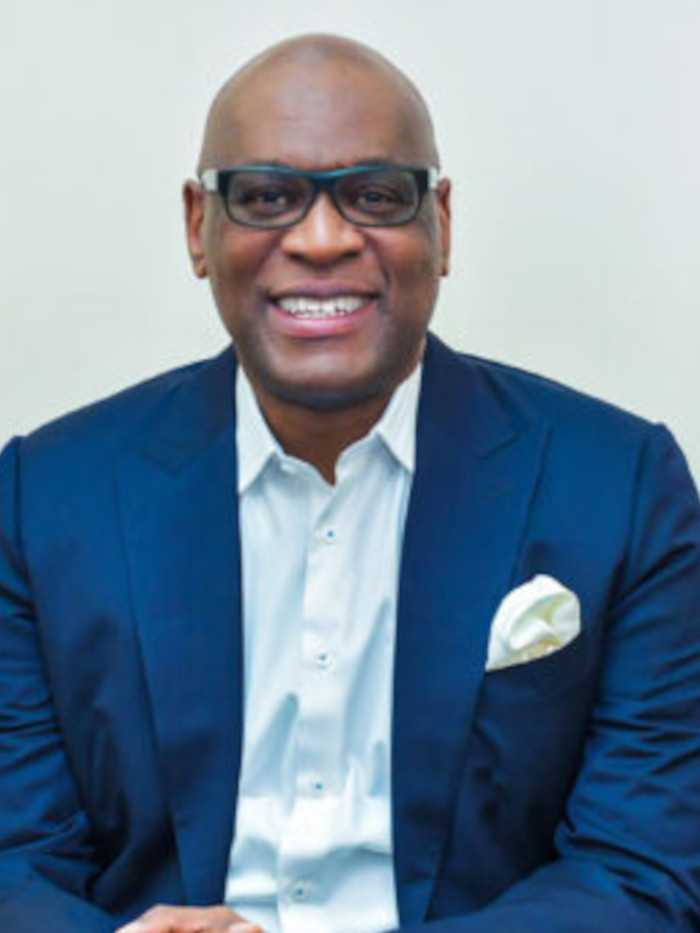
Jesus House for all Nations, London and One People Commission of the Evangelical Alliance. Cofounded children’s charity Bright Futures for African Children.
Nichols protected the reputation of the Church rather than protecting victims and lacked compassion towards victims.
The Forum of Churches Together in England is a conference of around three hundred representatives of churches and bodies associated with Churches Together in England. The Moderator of the Forum of Churches Together in England for the three-year period 2015 to 2018 is Ruth Gee [brainwashing Tavistock Institute is located on Gee Street] with Hilary Topp (a Quaker, working for Student Christian Movement) as Deputy Moderator.

In the 1970s and 1980s, the Ministry for State Security (Stasi) employed a psychological warfare technique known as Zersetzung, which translates to "decomposition" and "disruption," to suppress political opponents in East Germany.
30/9/25
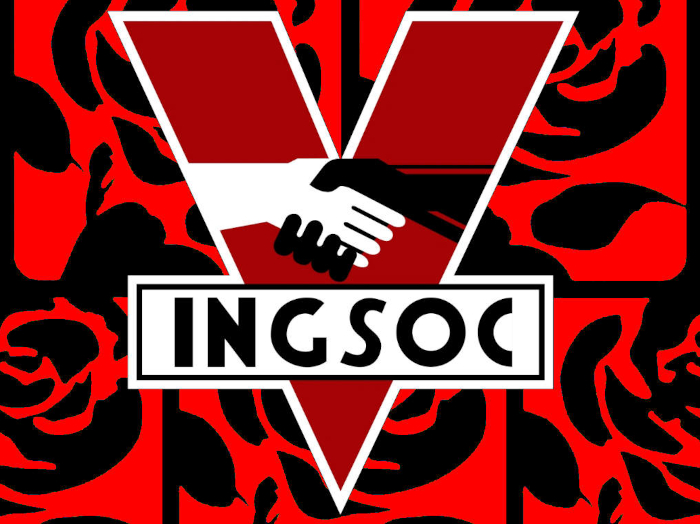
Entrism – the infiltration of political organisations by competitors – is typically associated with Trotskyism. Large-scale Communist entrism in the British Labour Party has been neglected by historians and reference in the literature is slight and impressionistic.
29/9/25
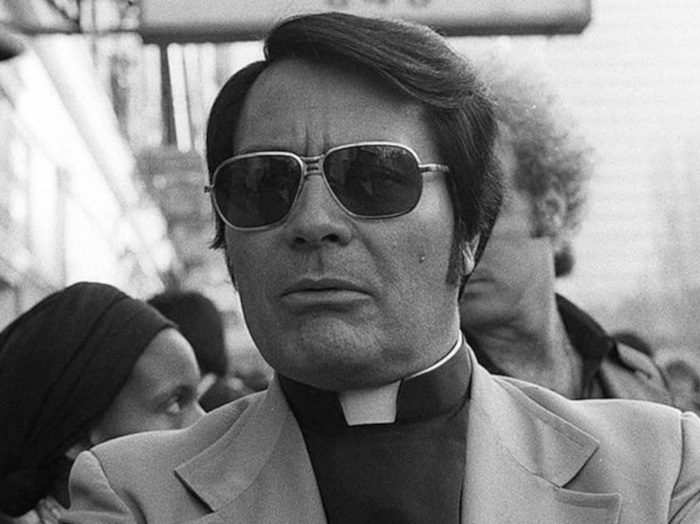
James Warren Jones was a Christian-Communist cult leader, preacher and self-professed faith healer who conspired with his inner circle to direct a mass murder-suicide of himself and his followers within his "new Jerusalem" commune at Jonestown, Guyana on November 18, 1978.
29/9/25